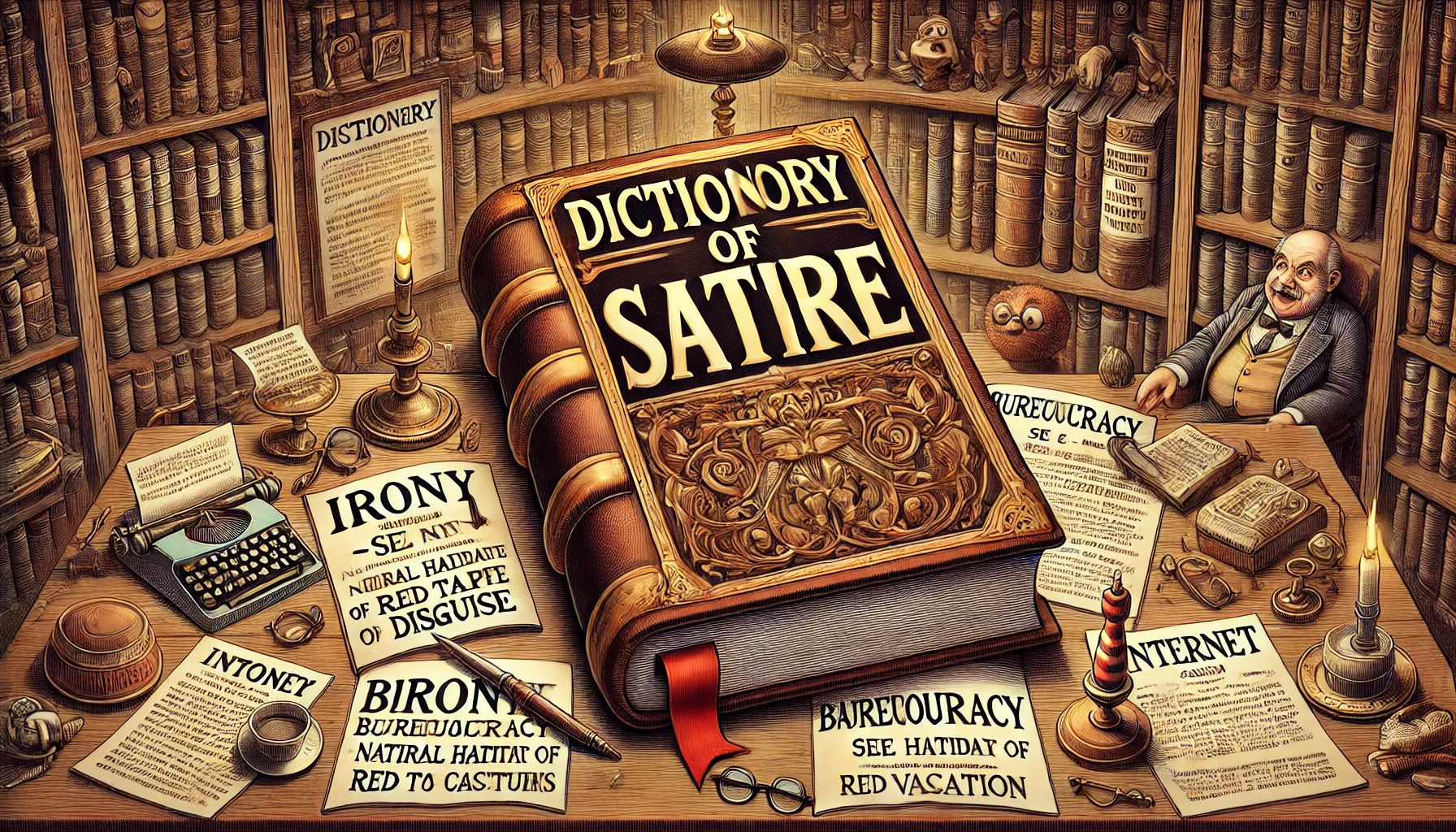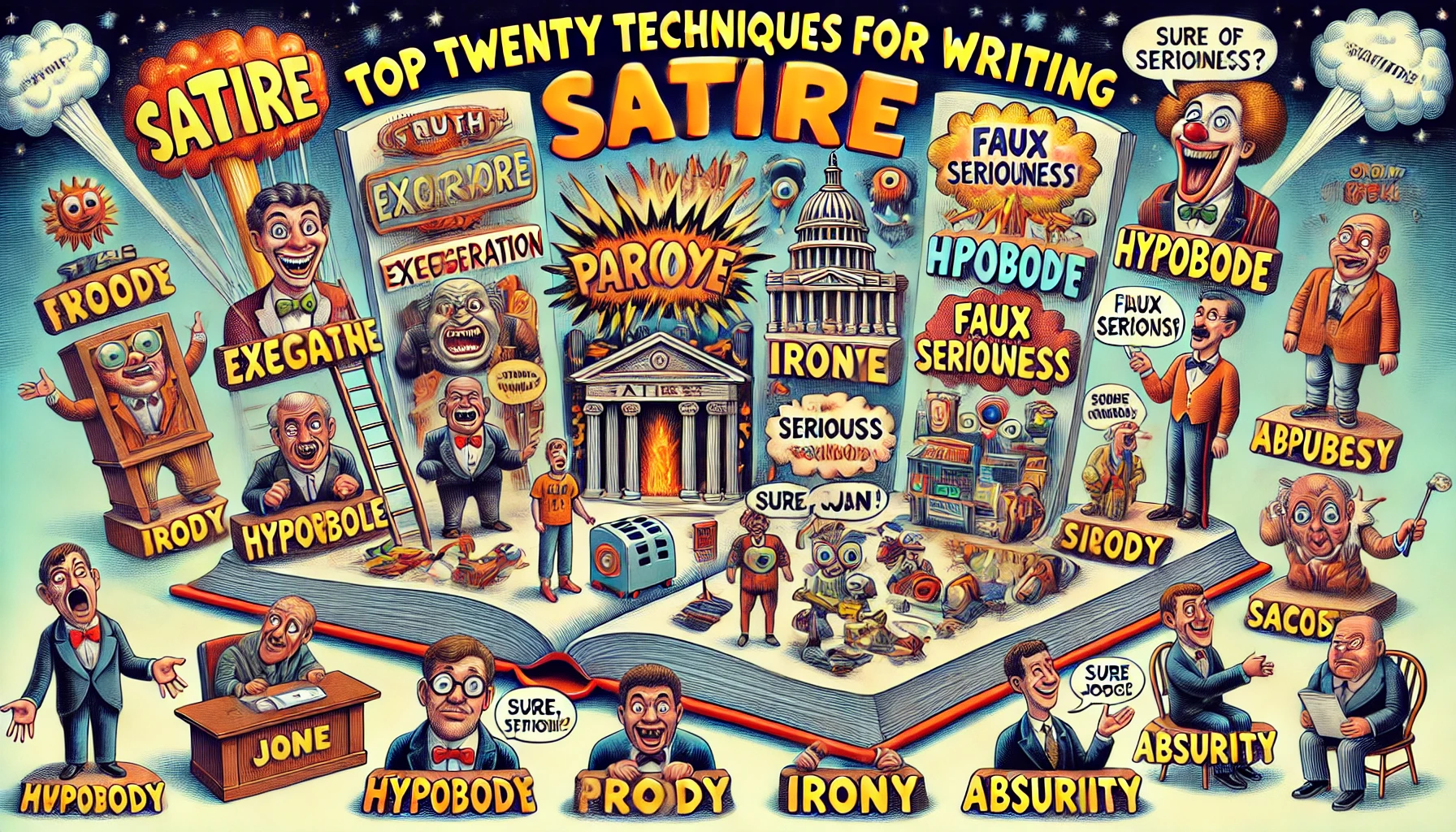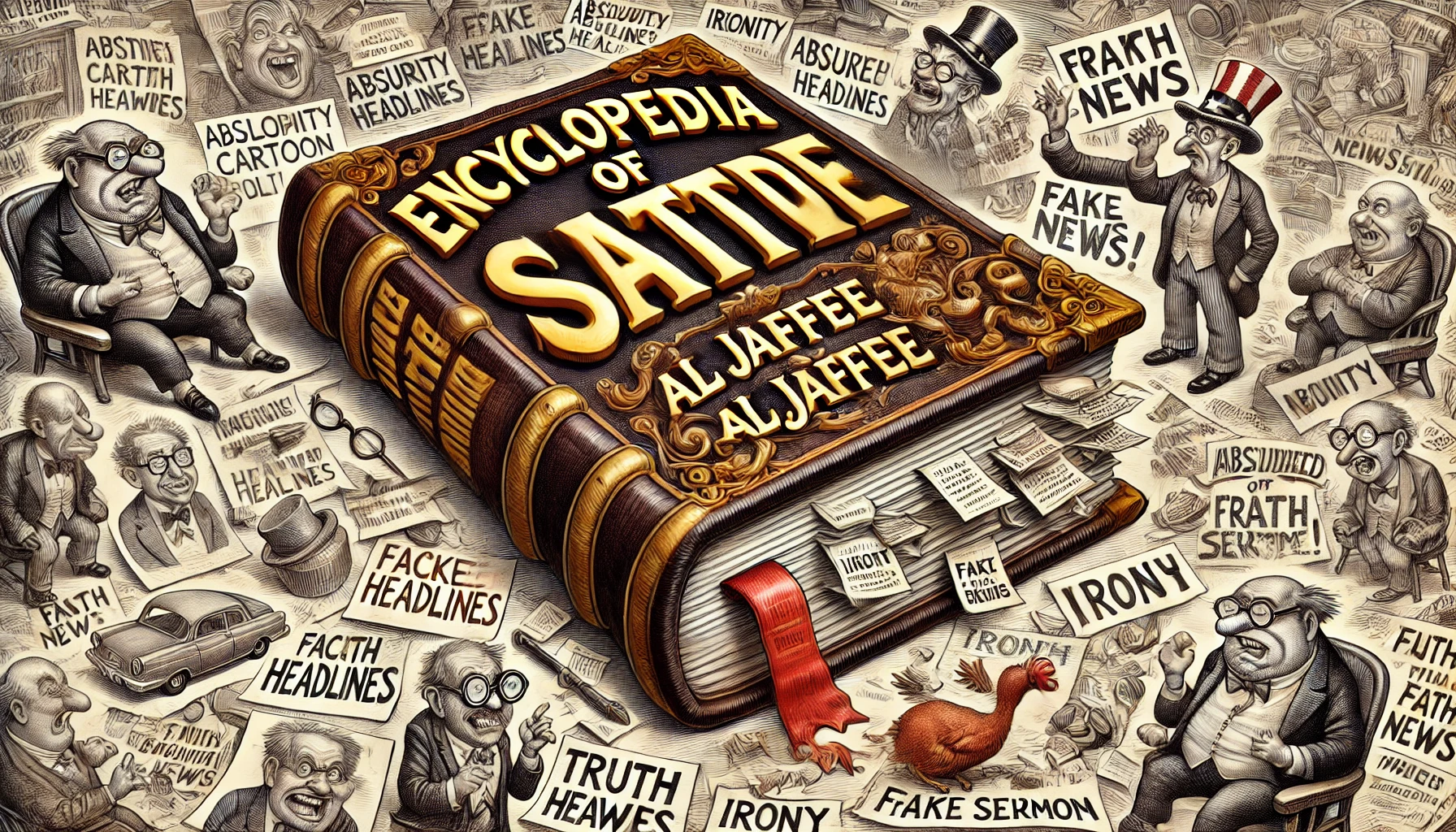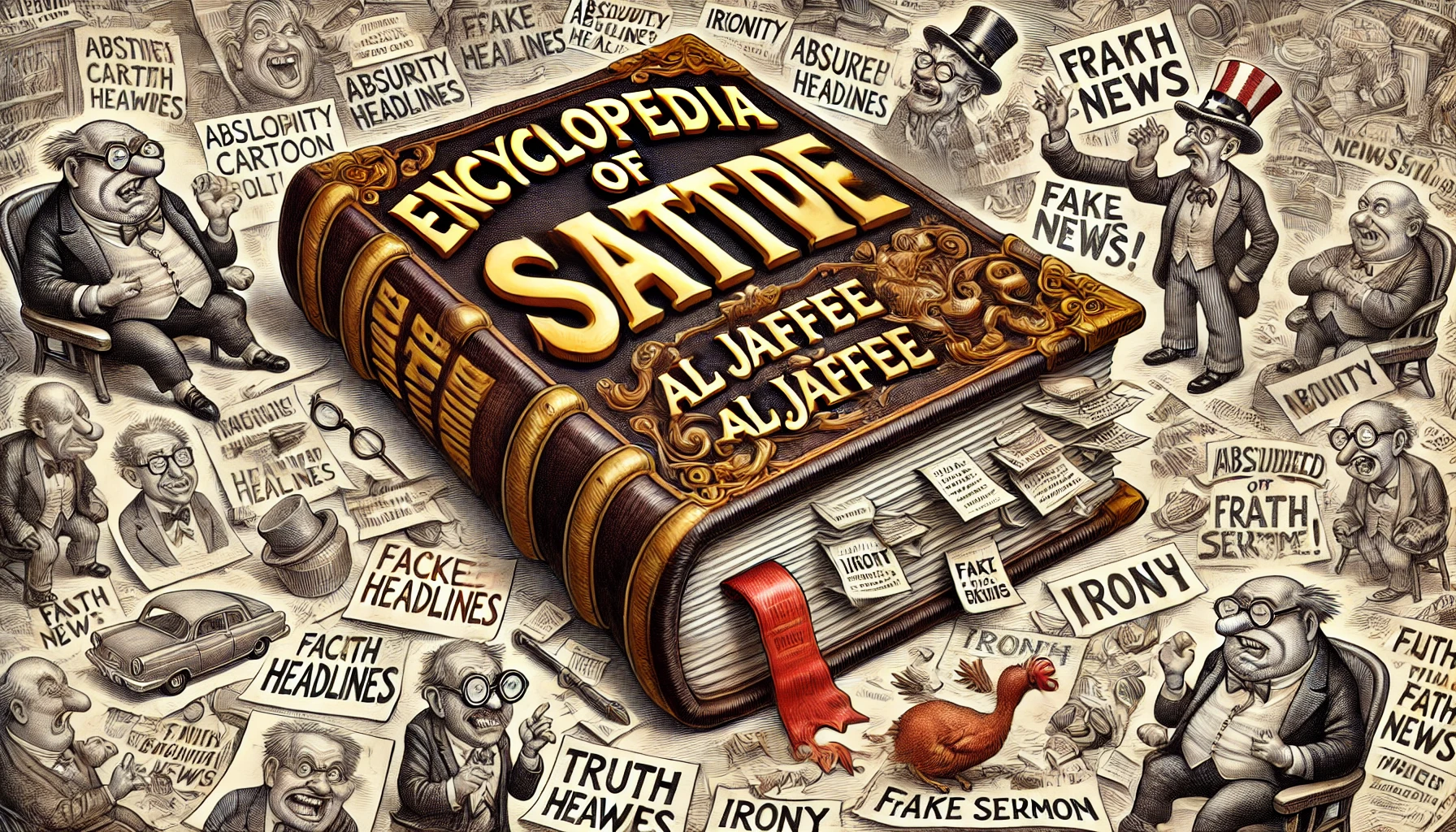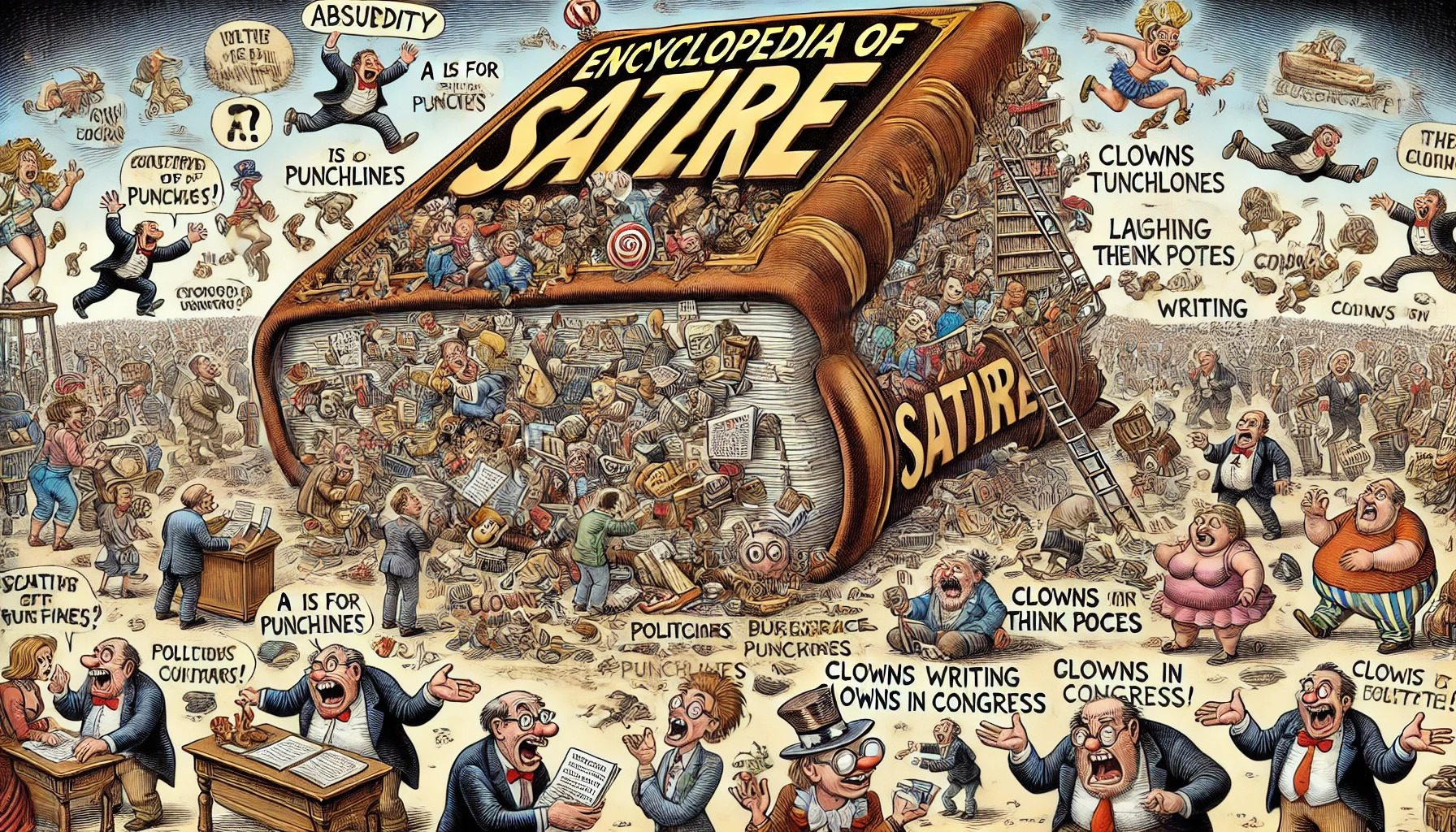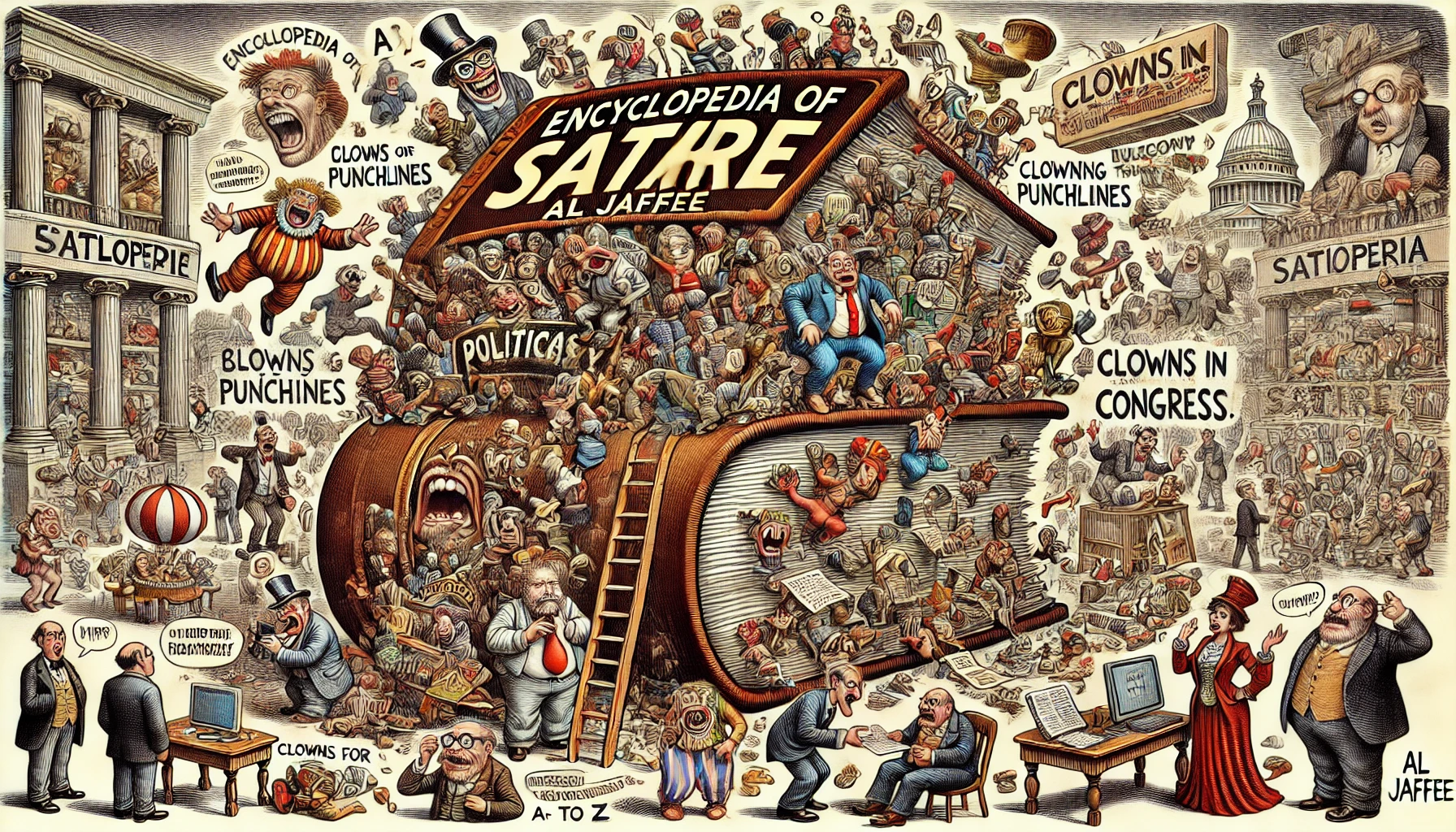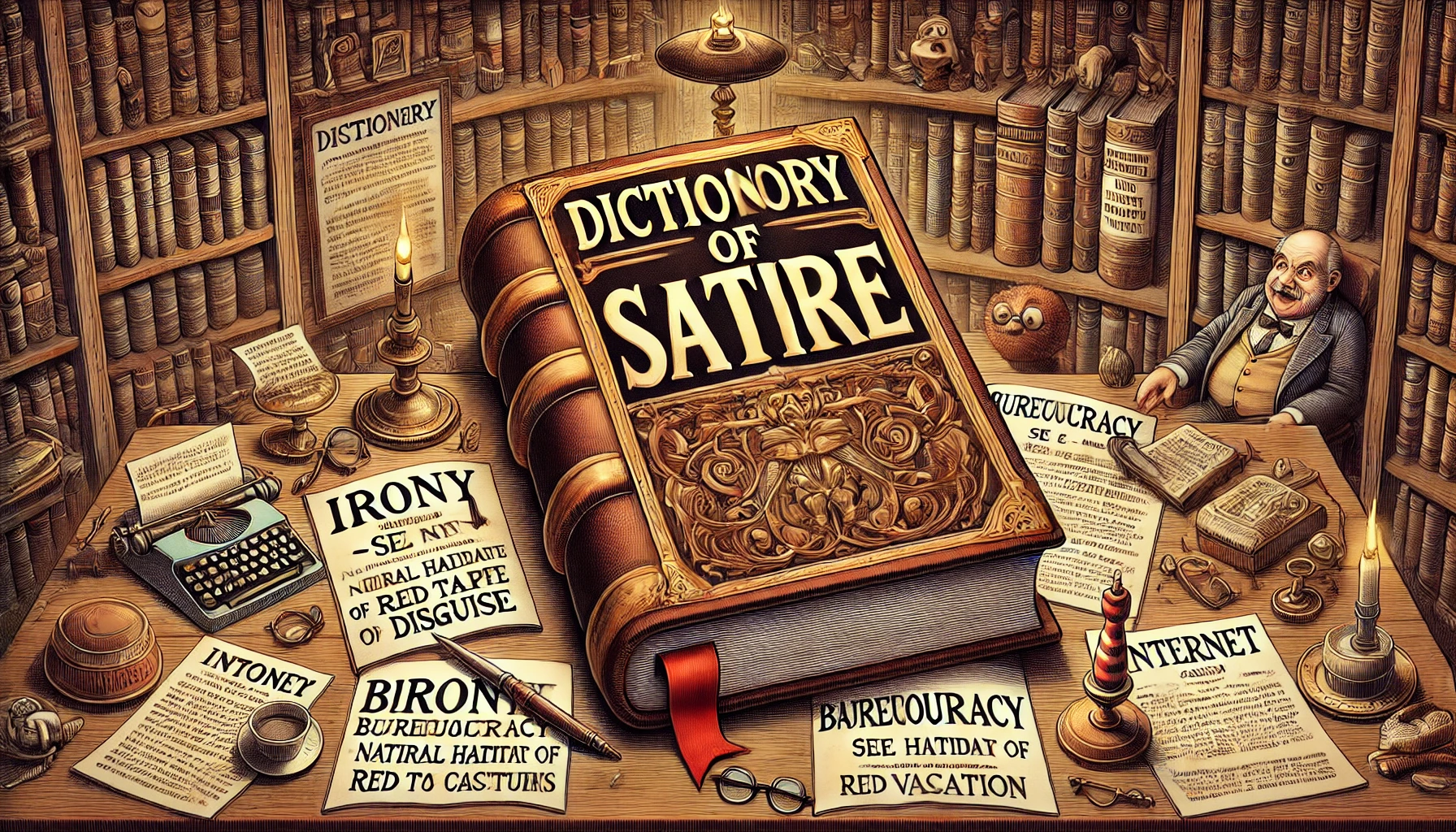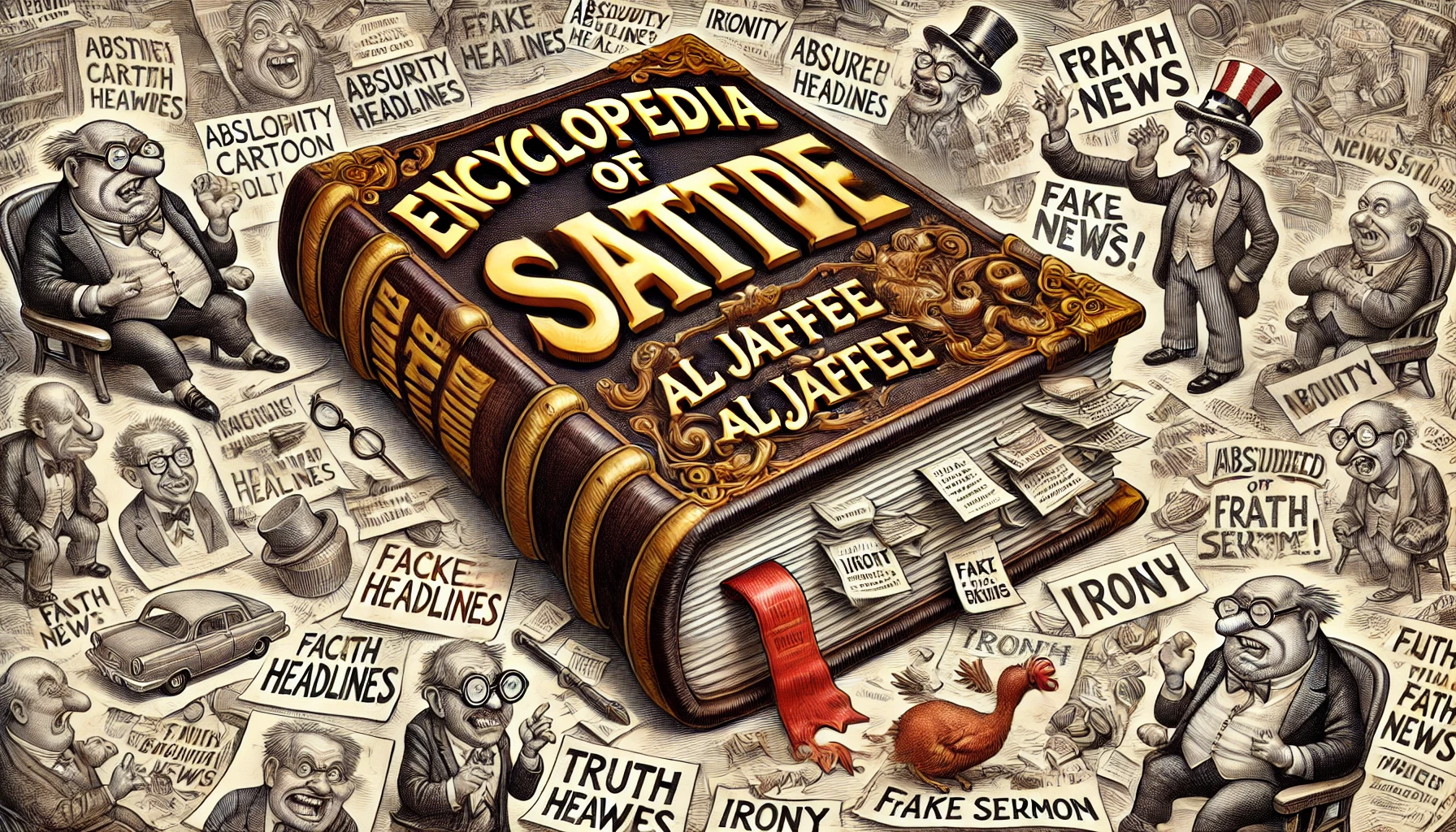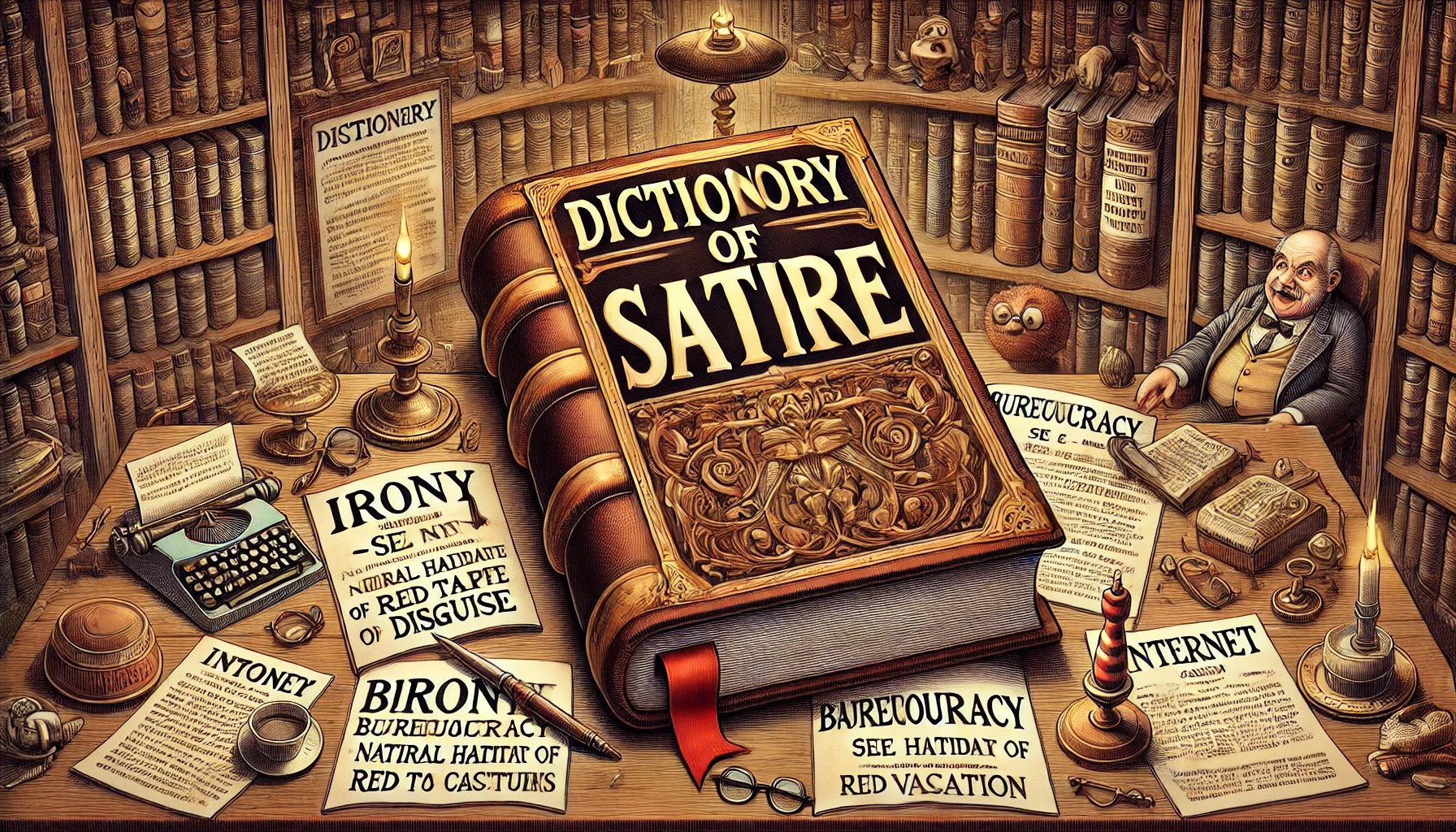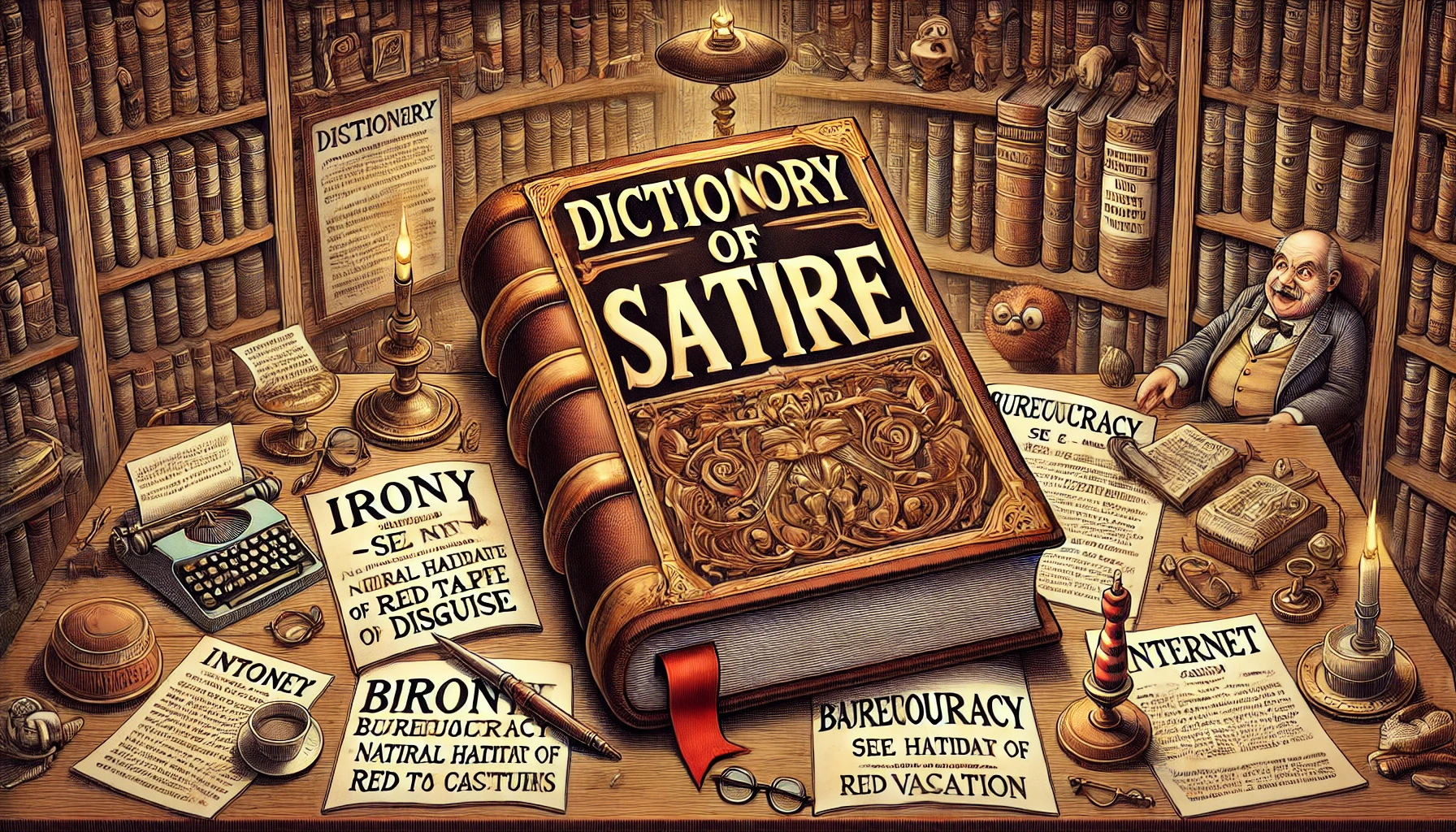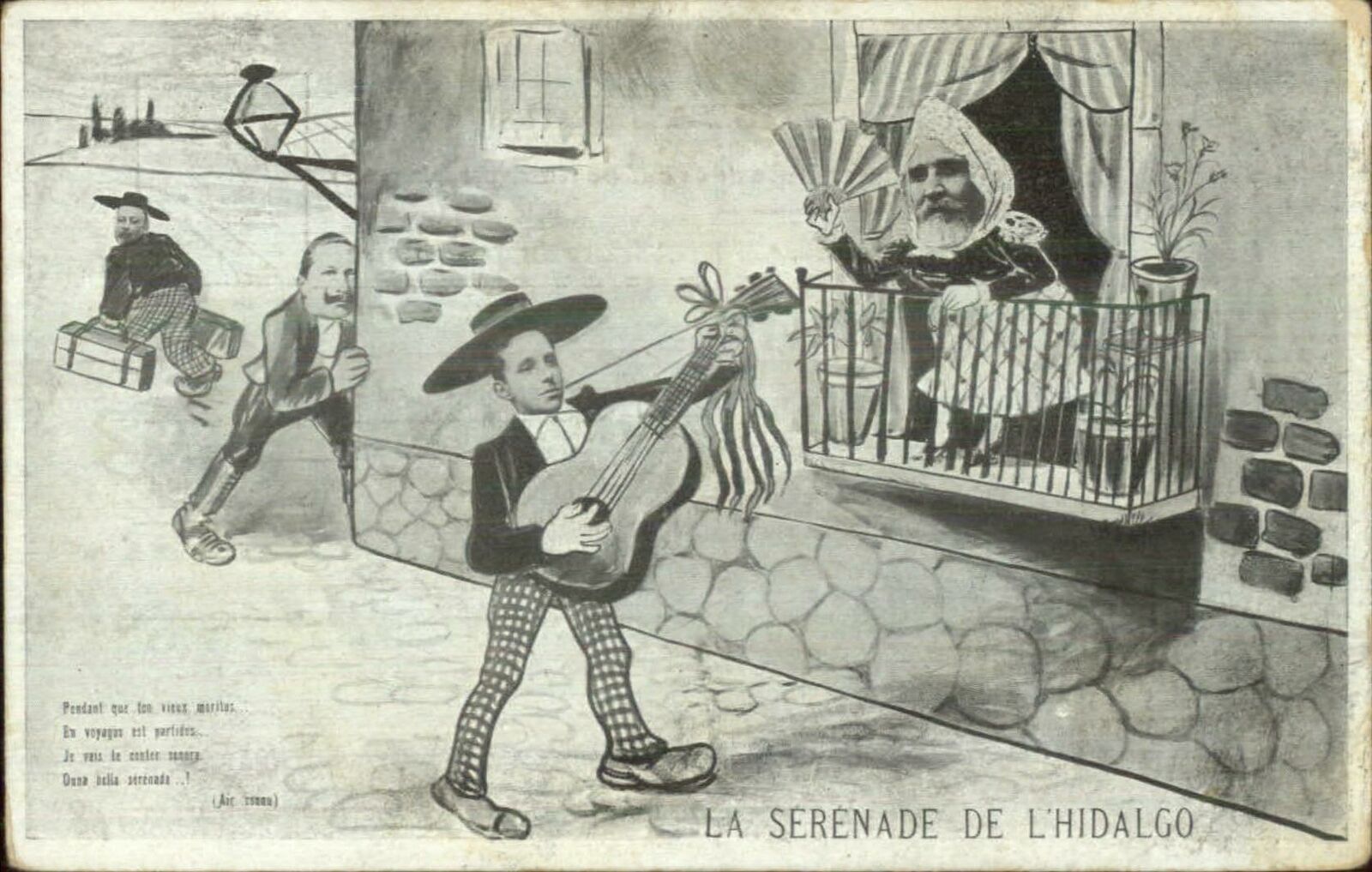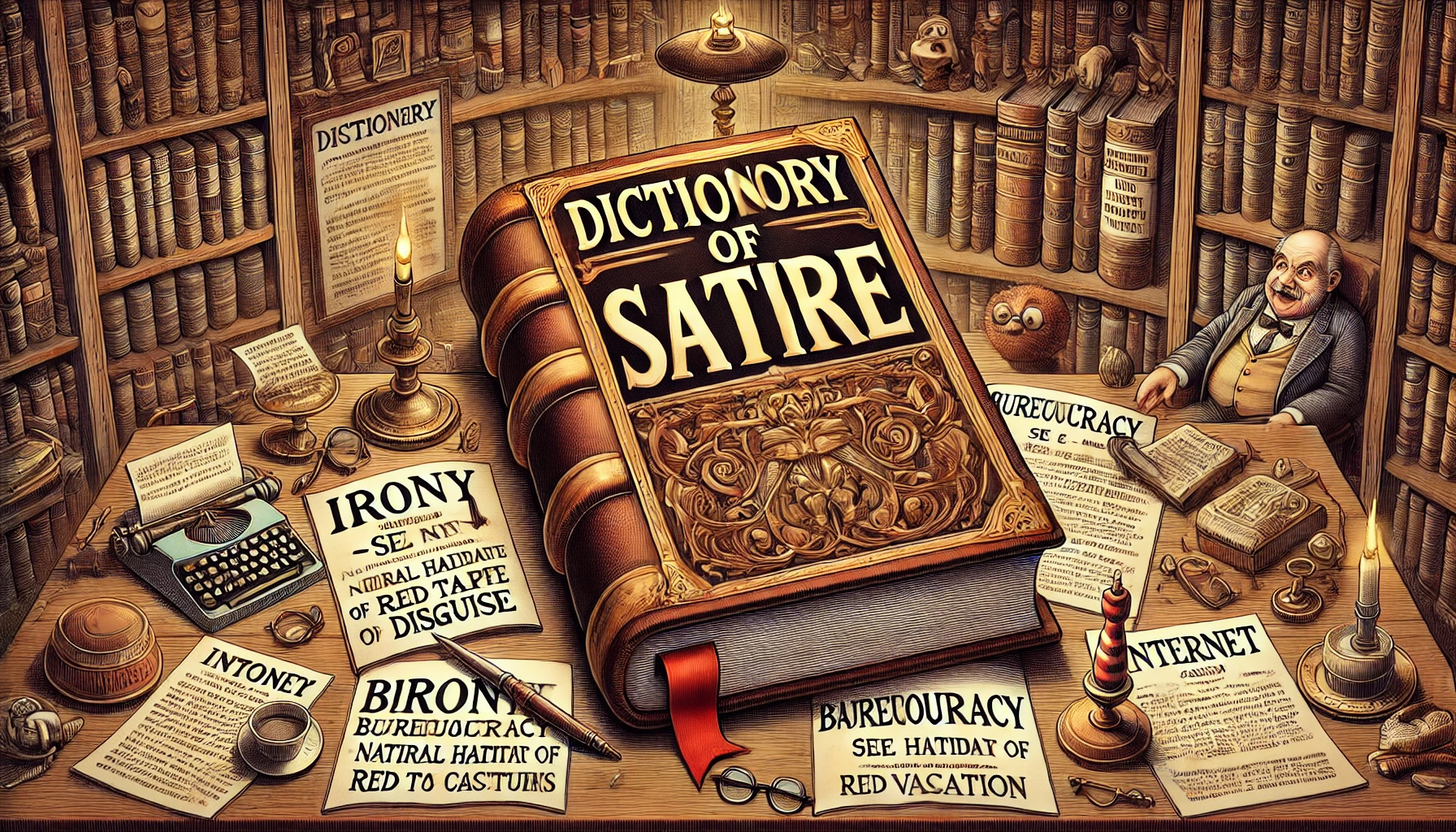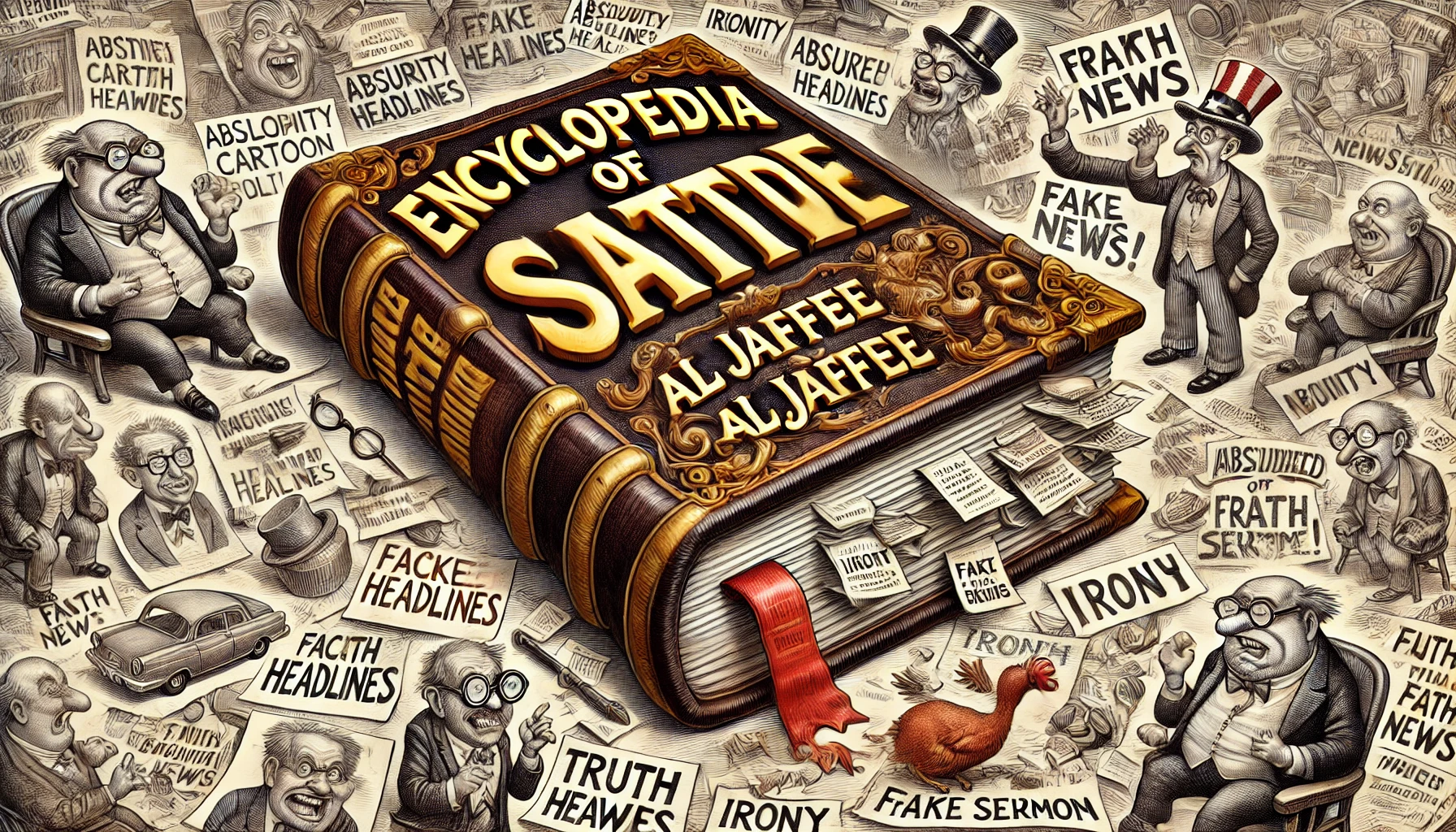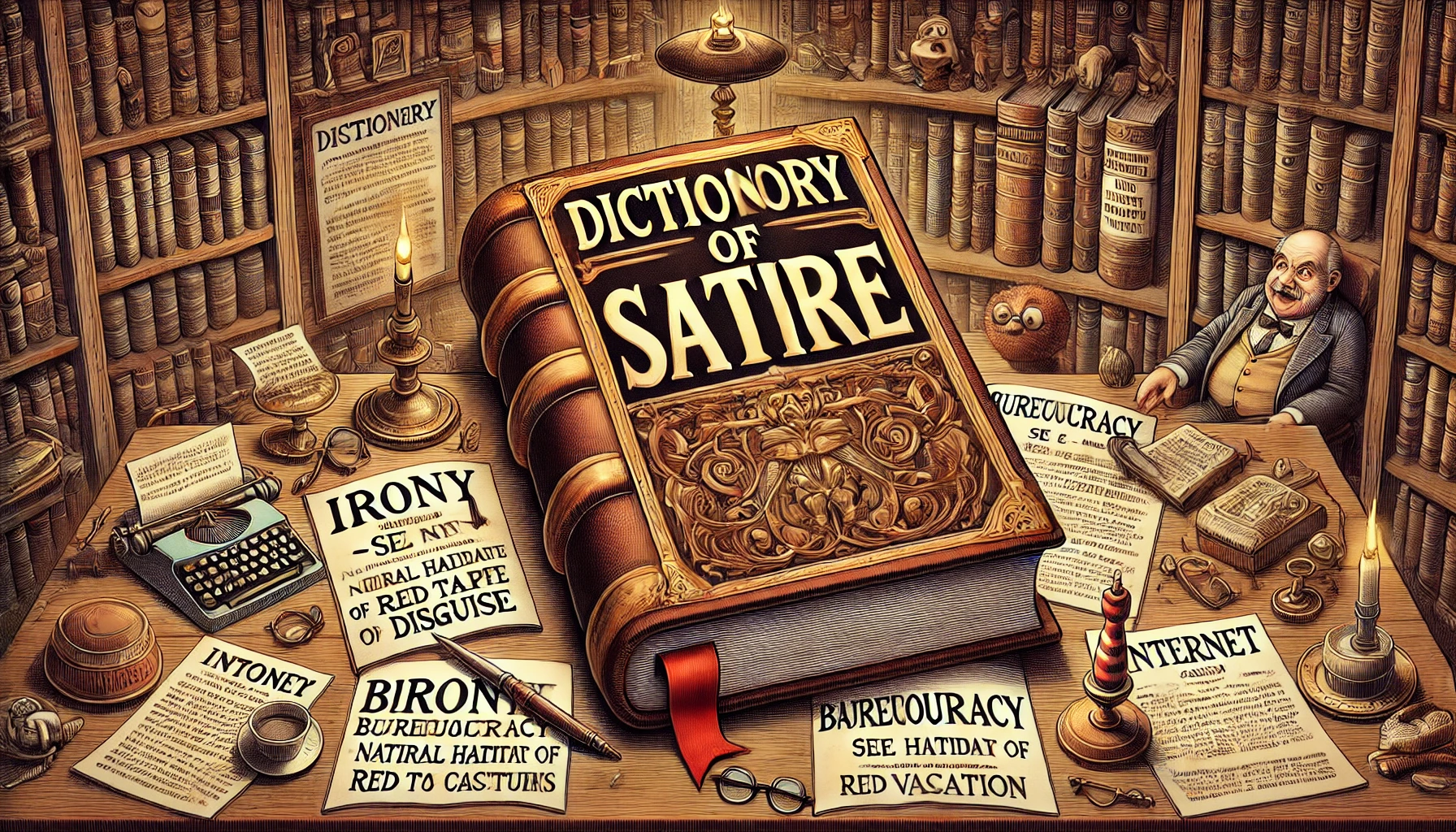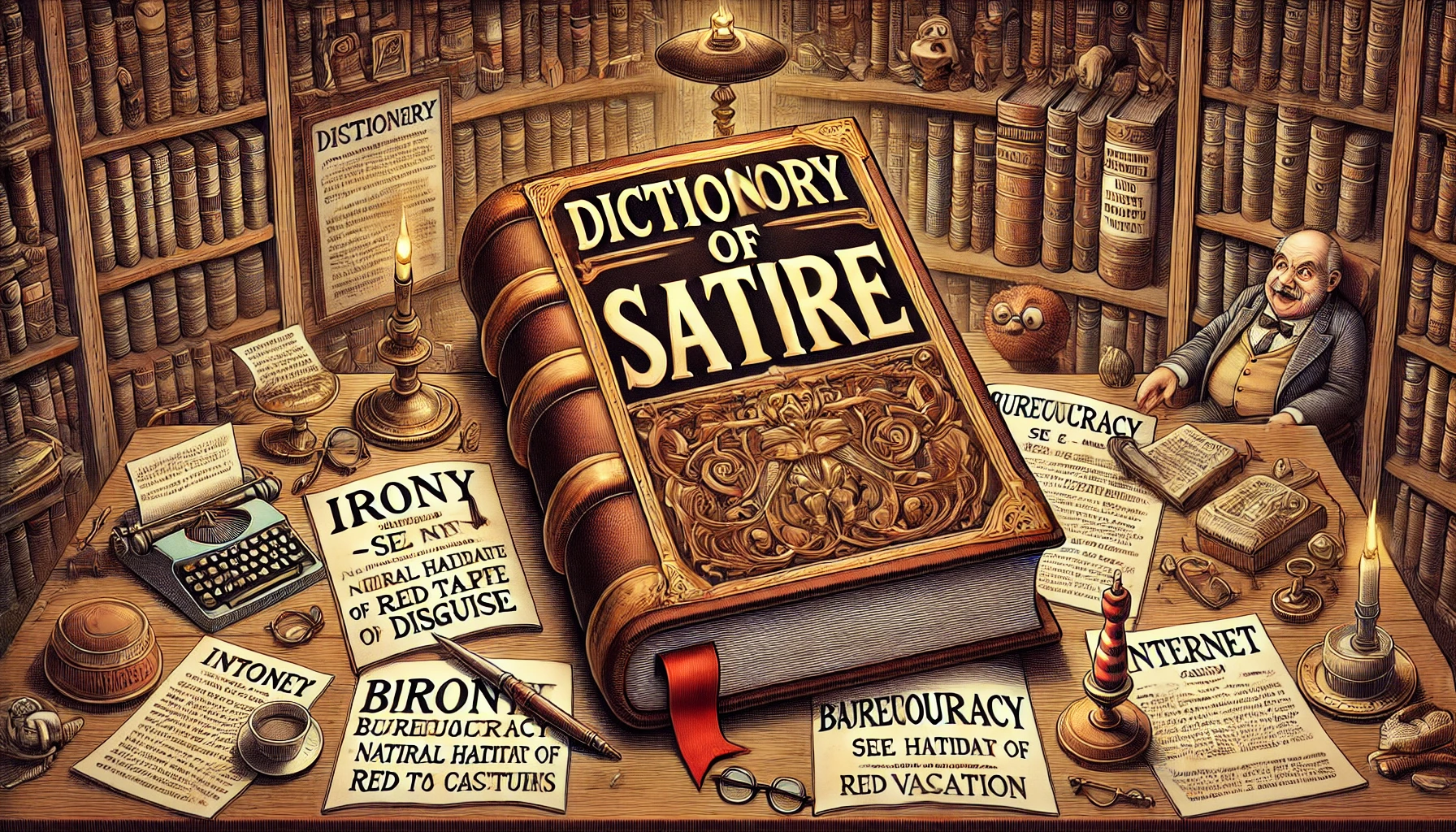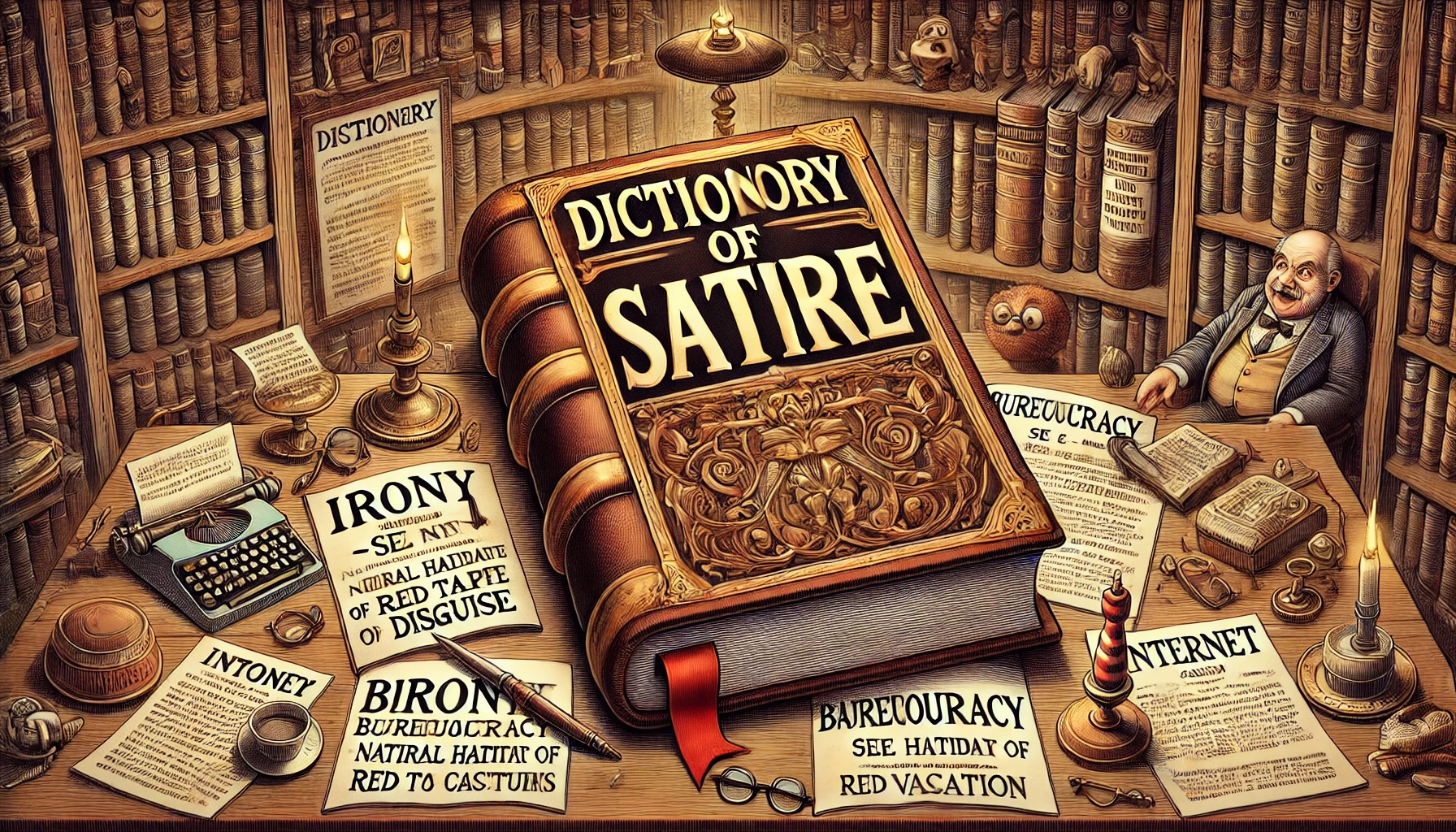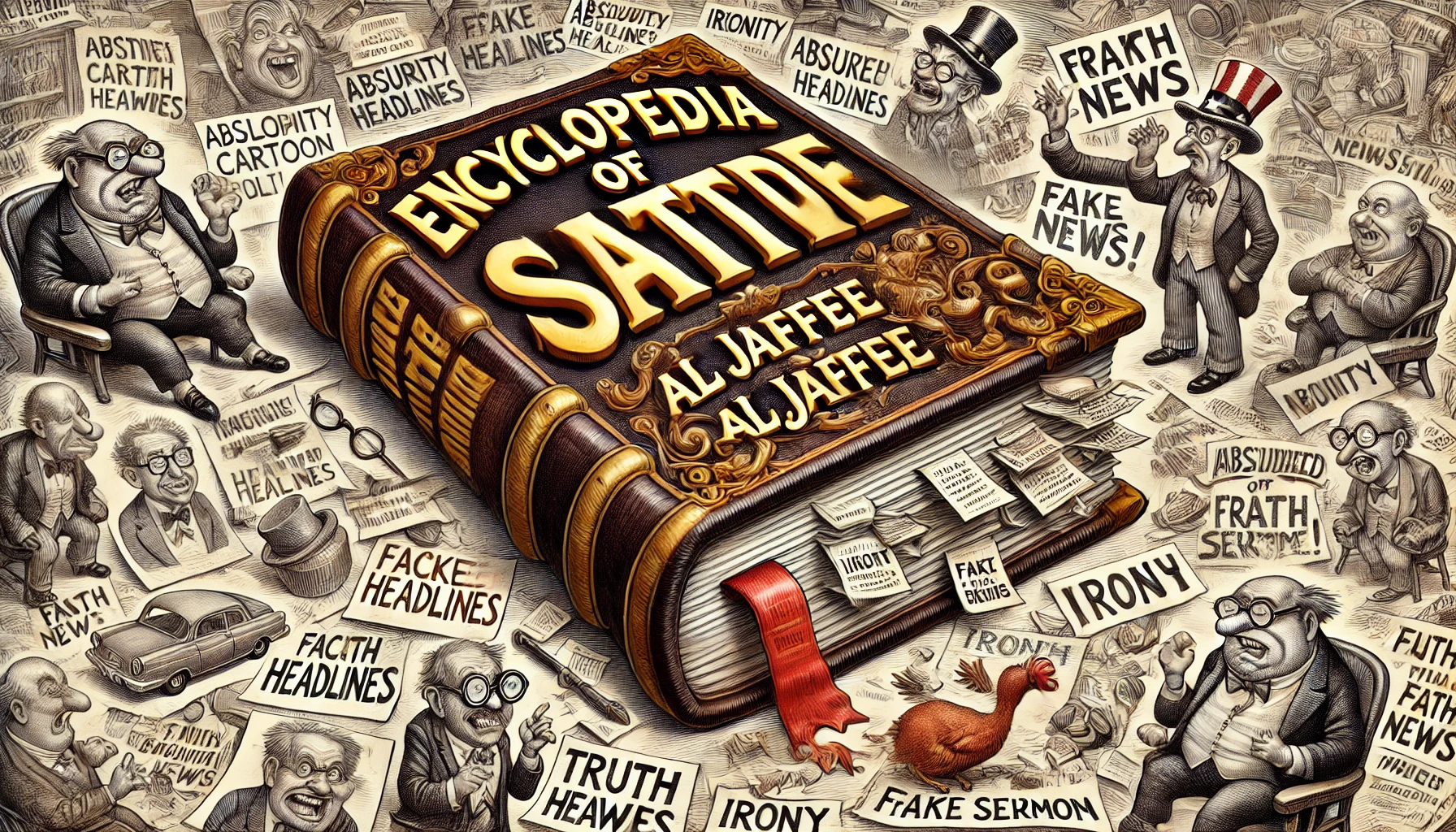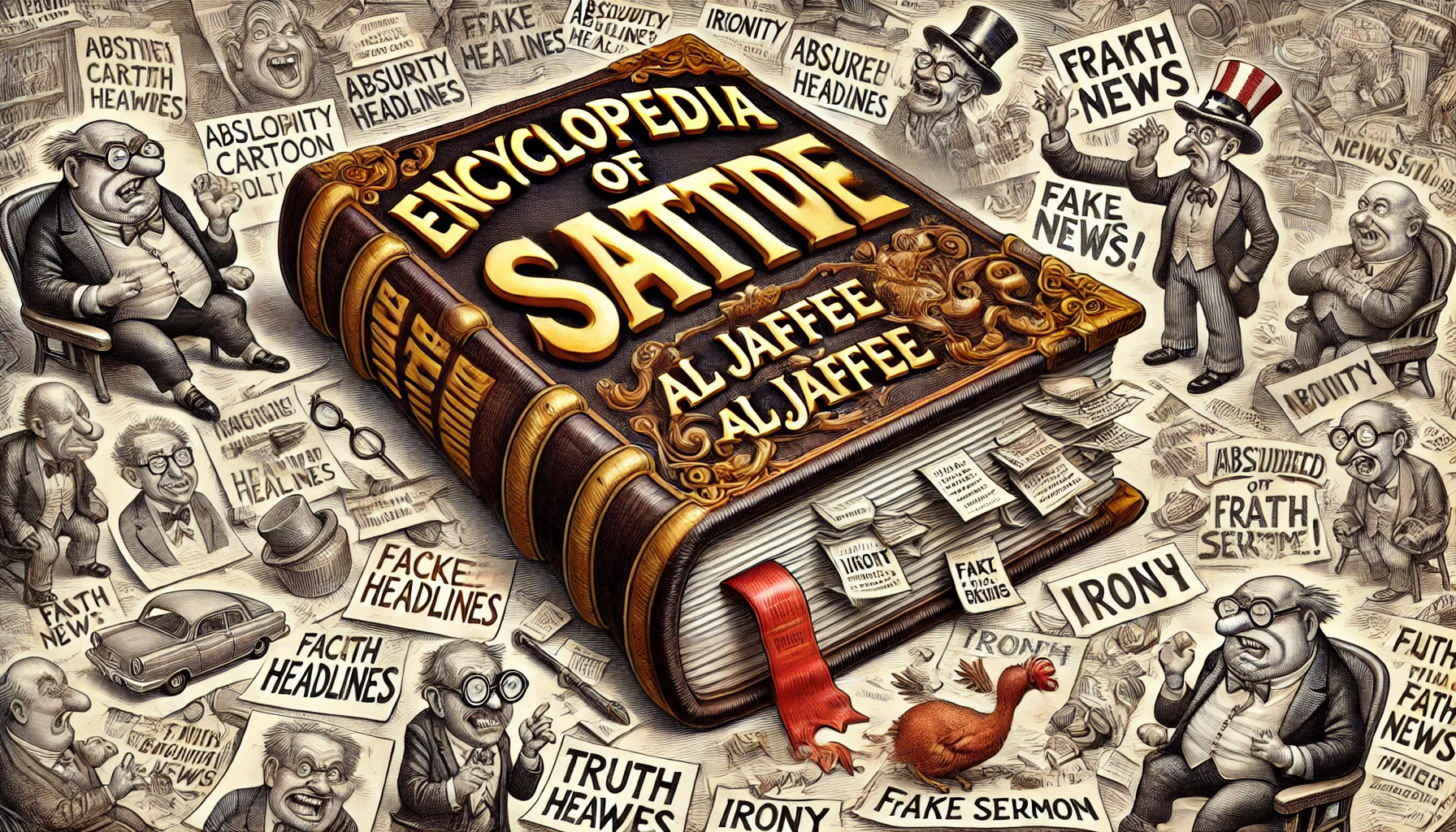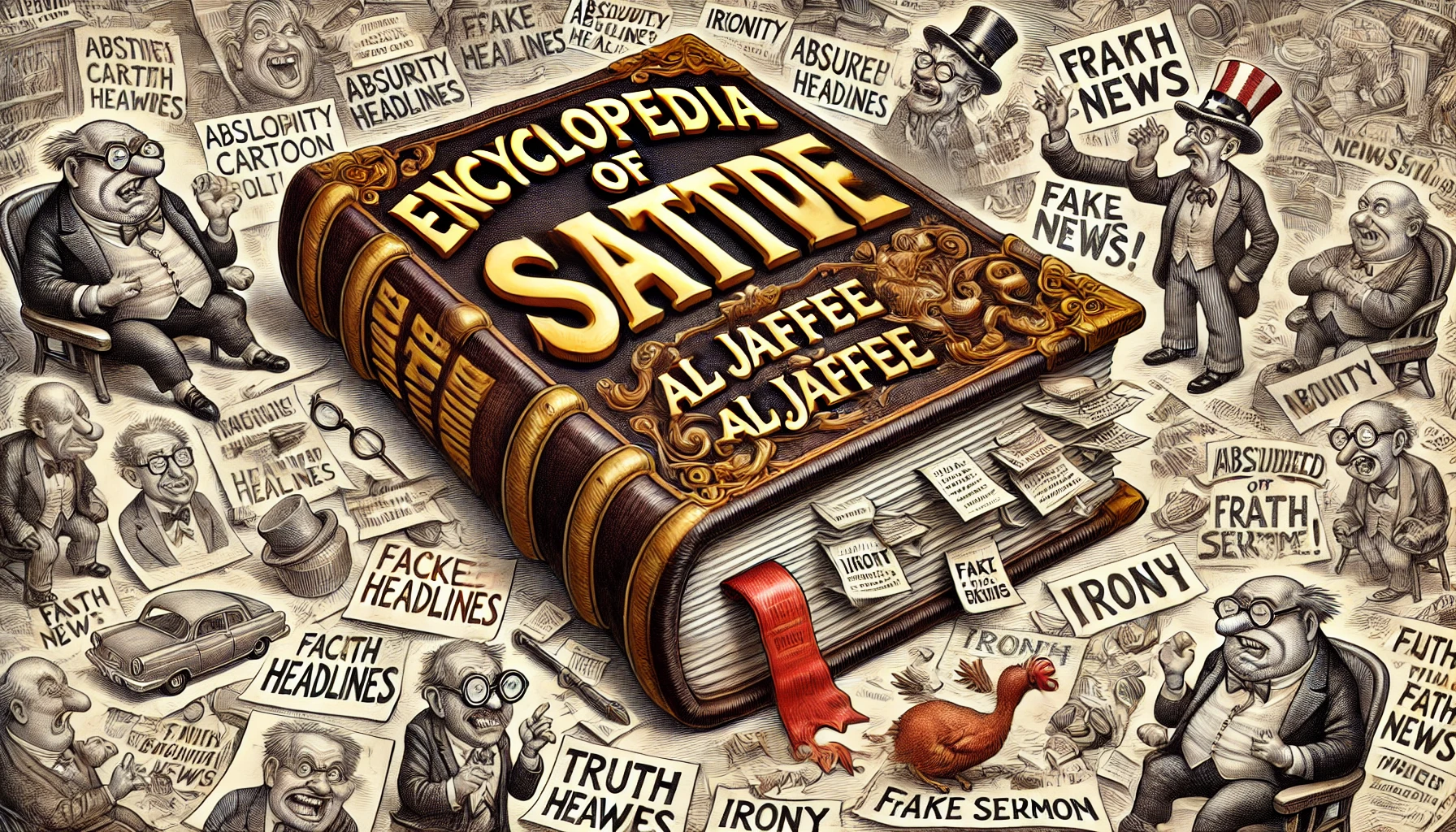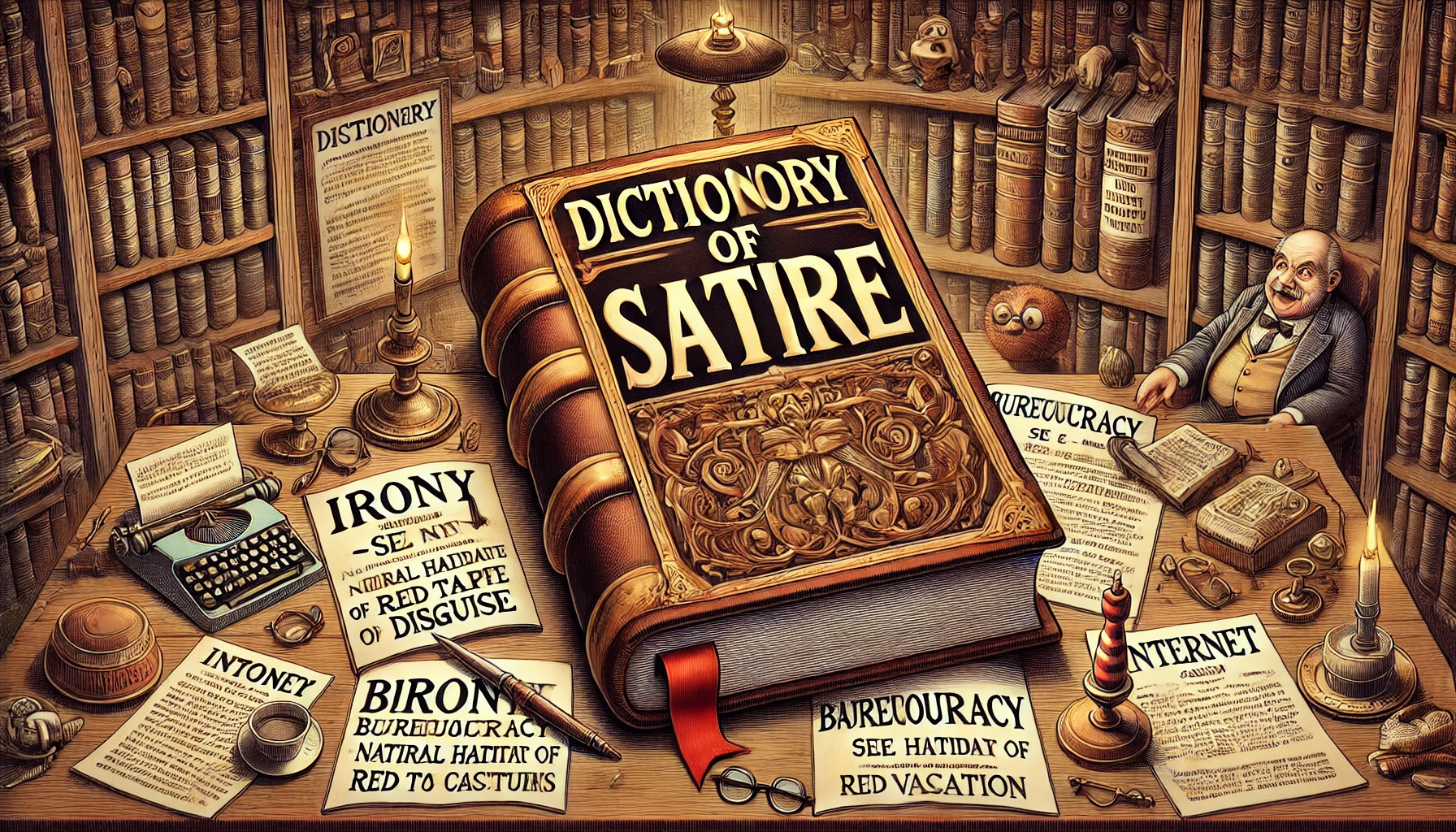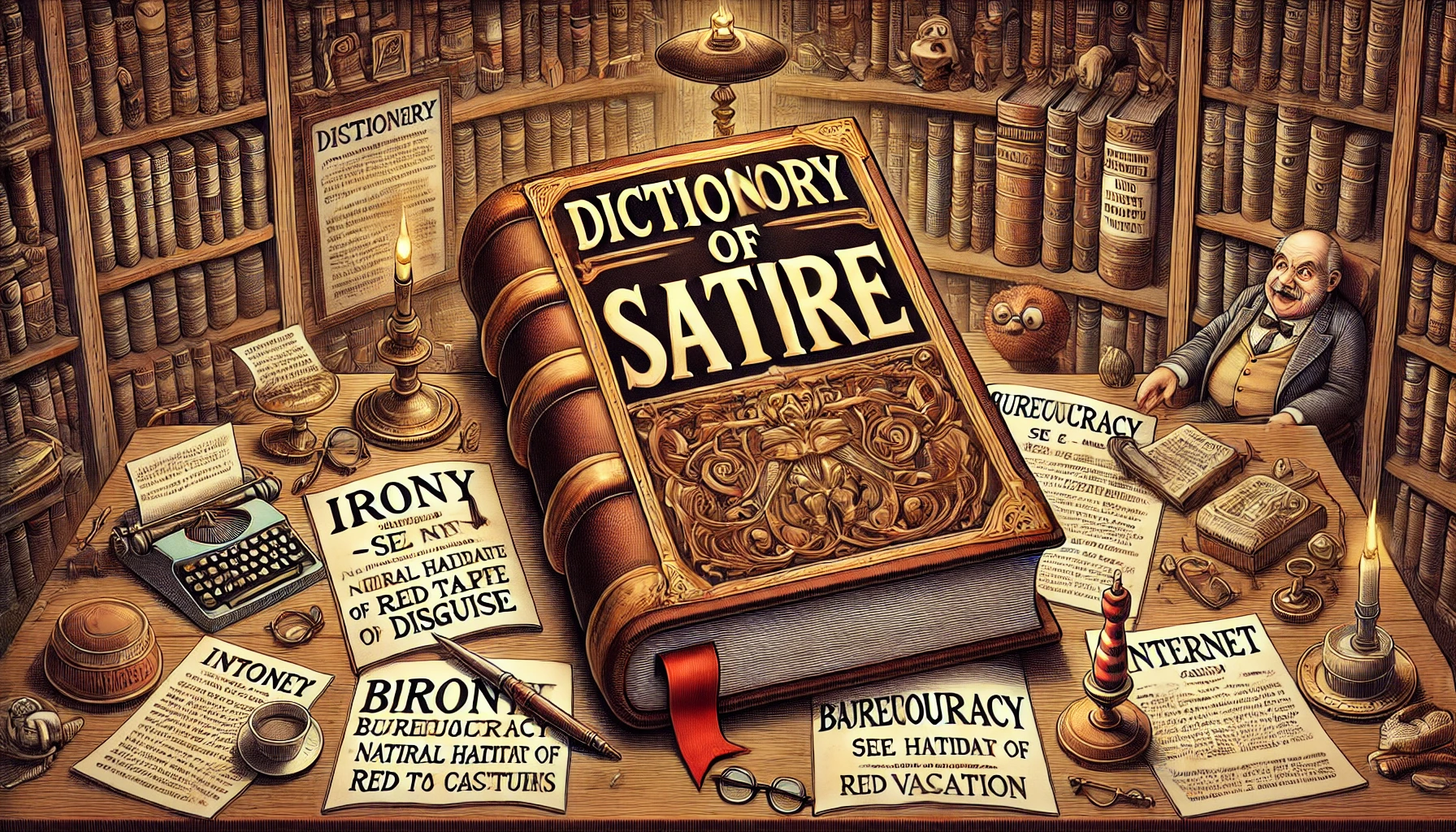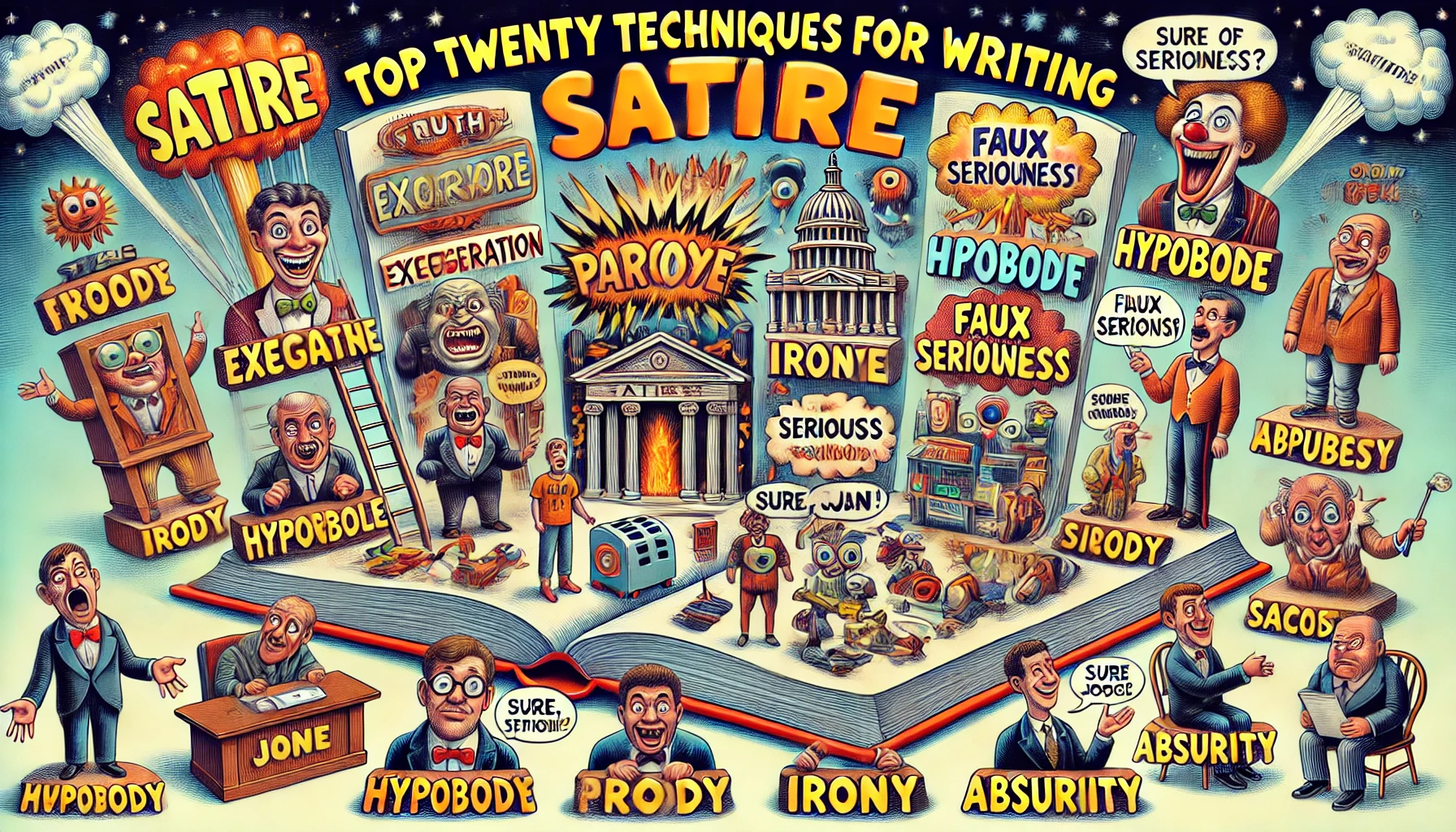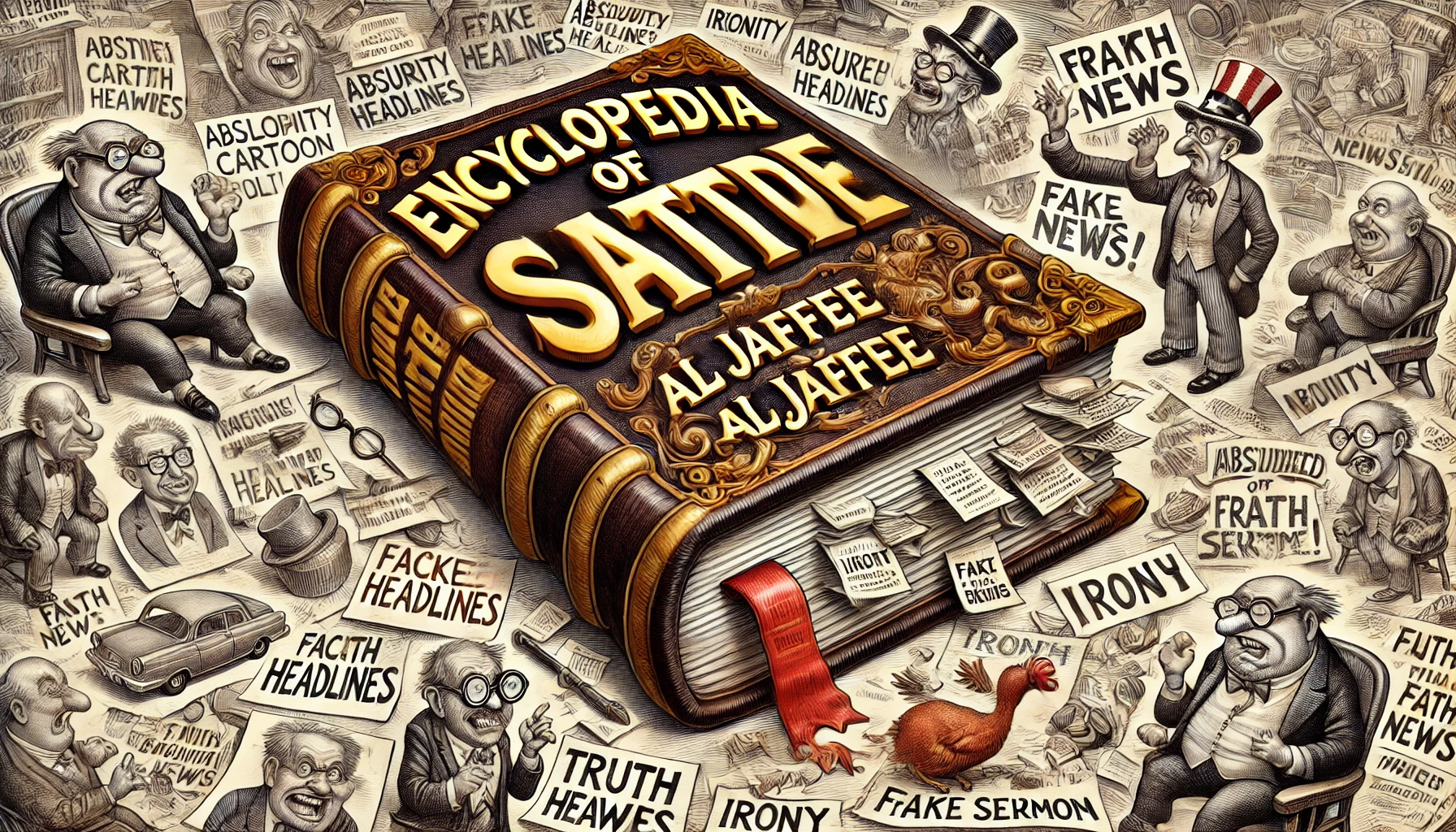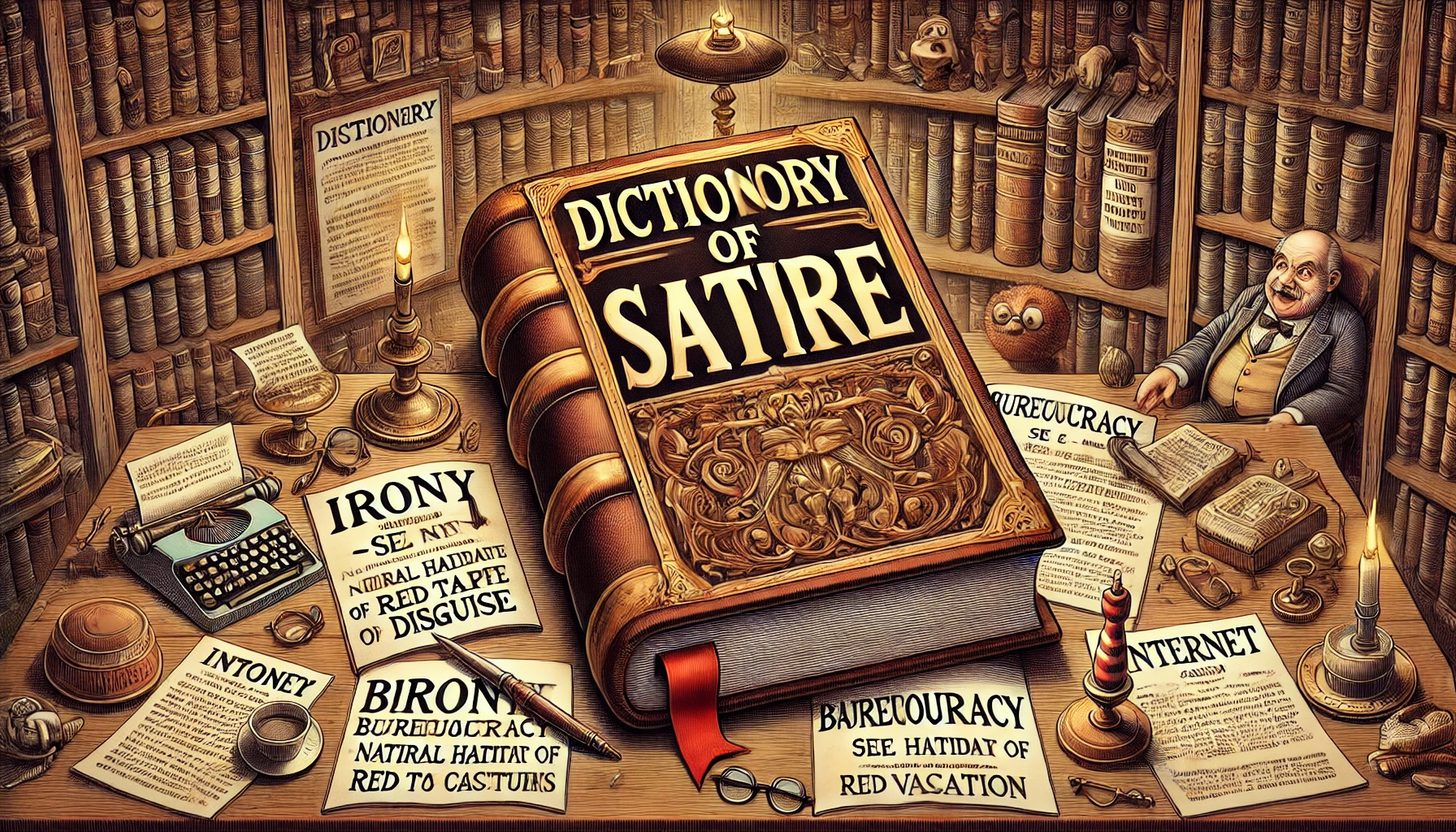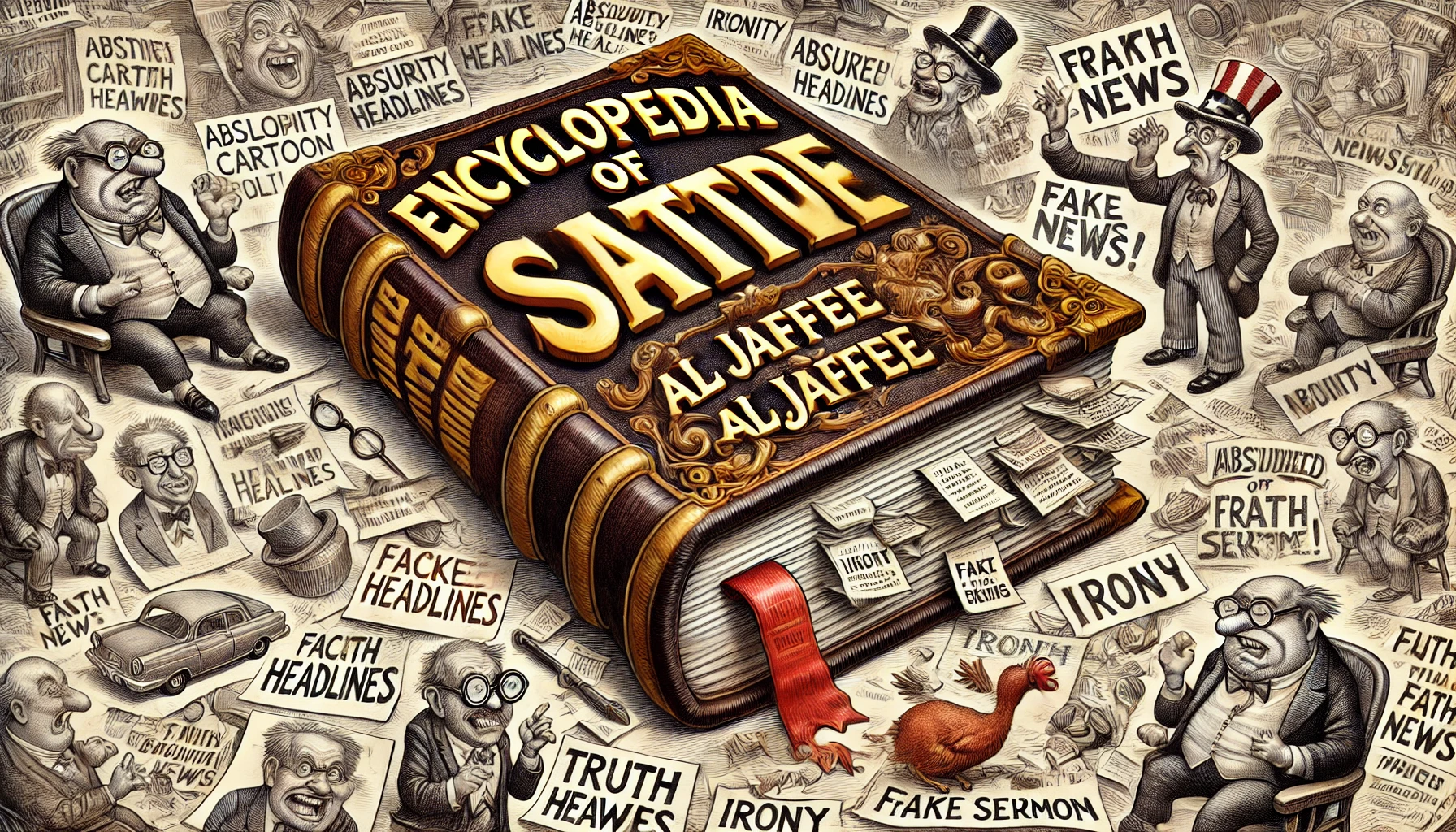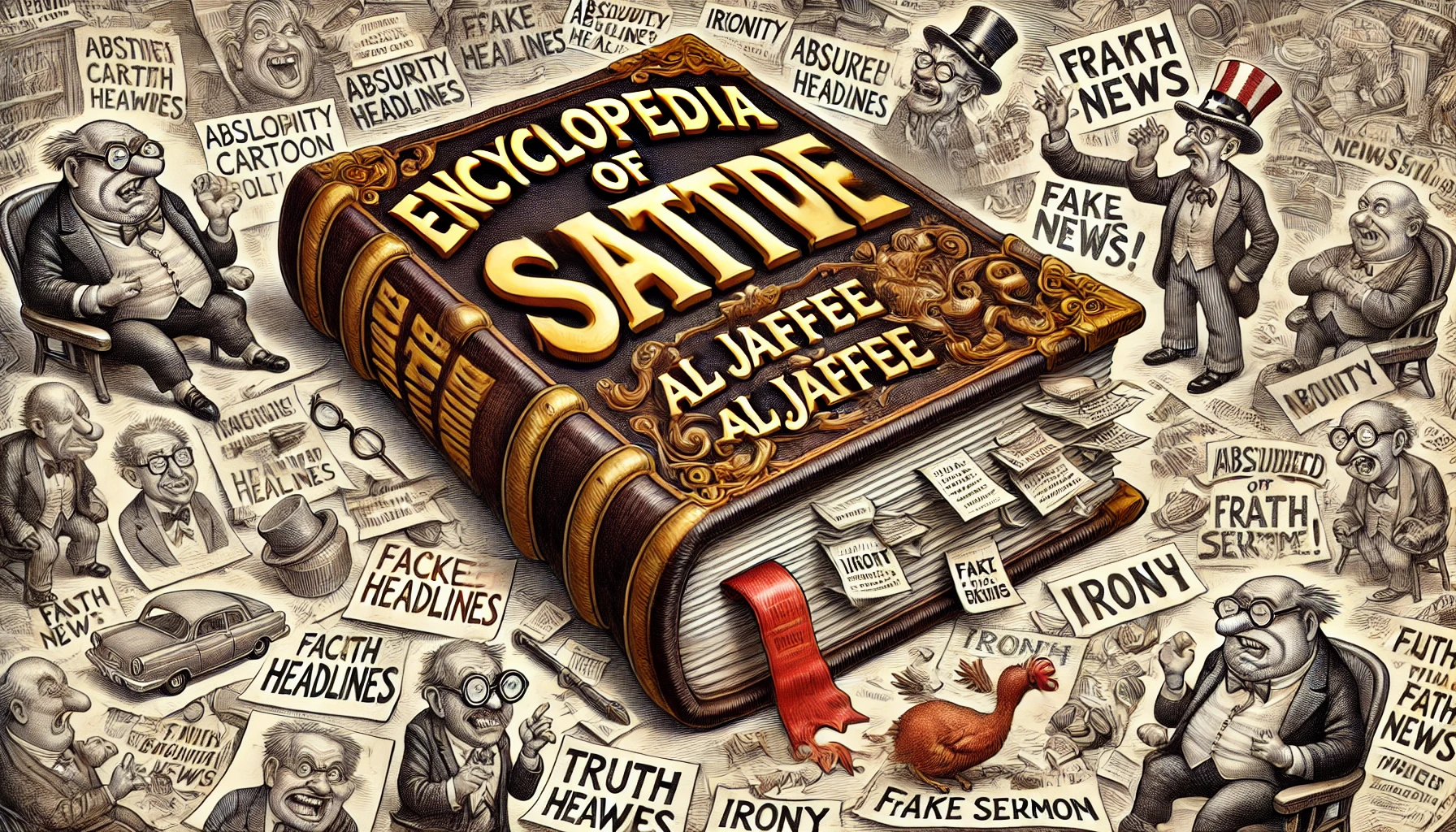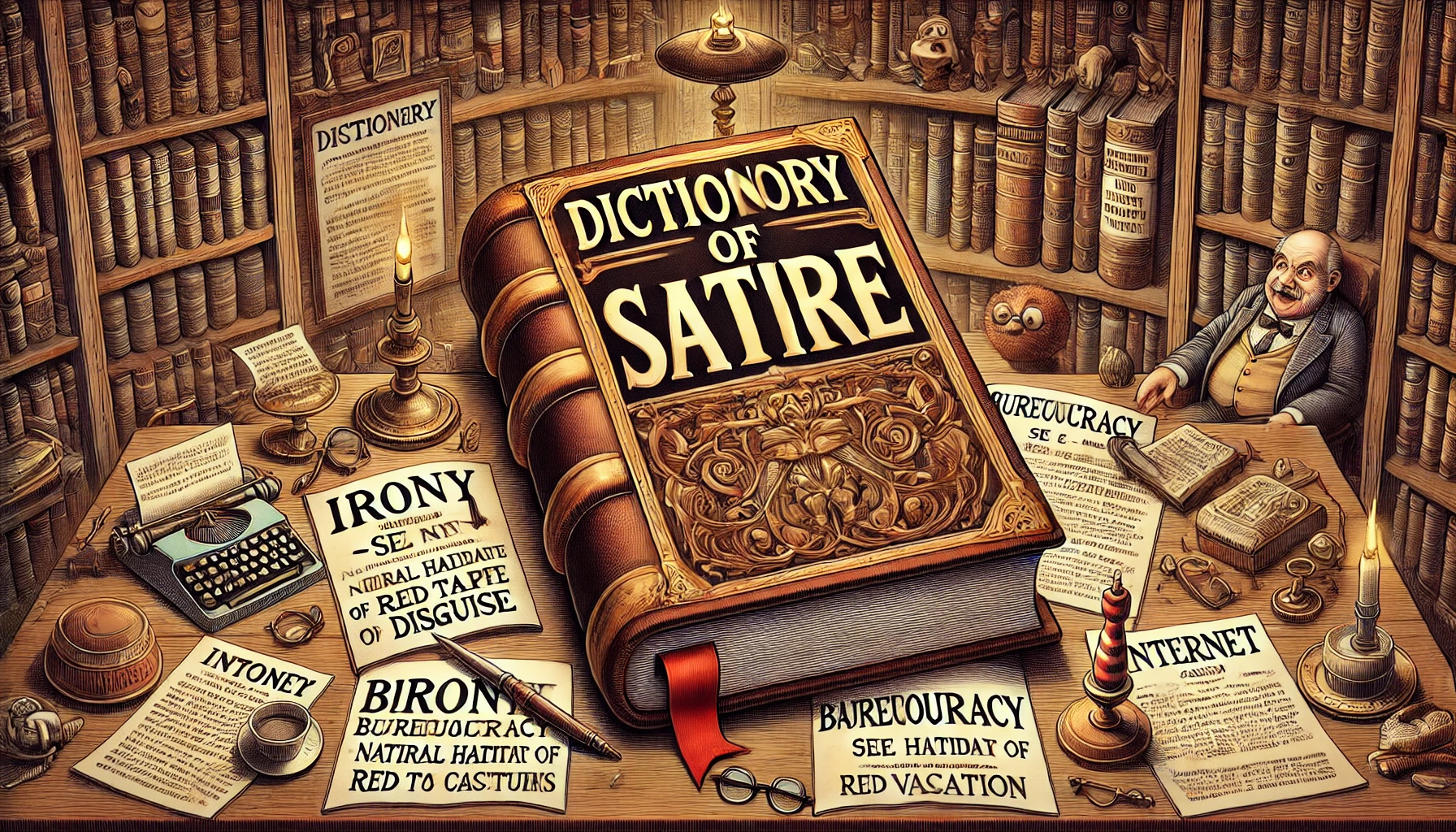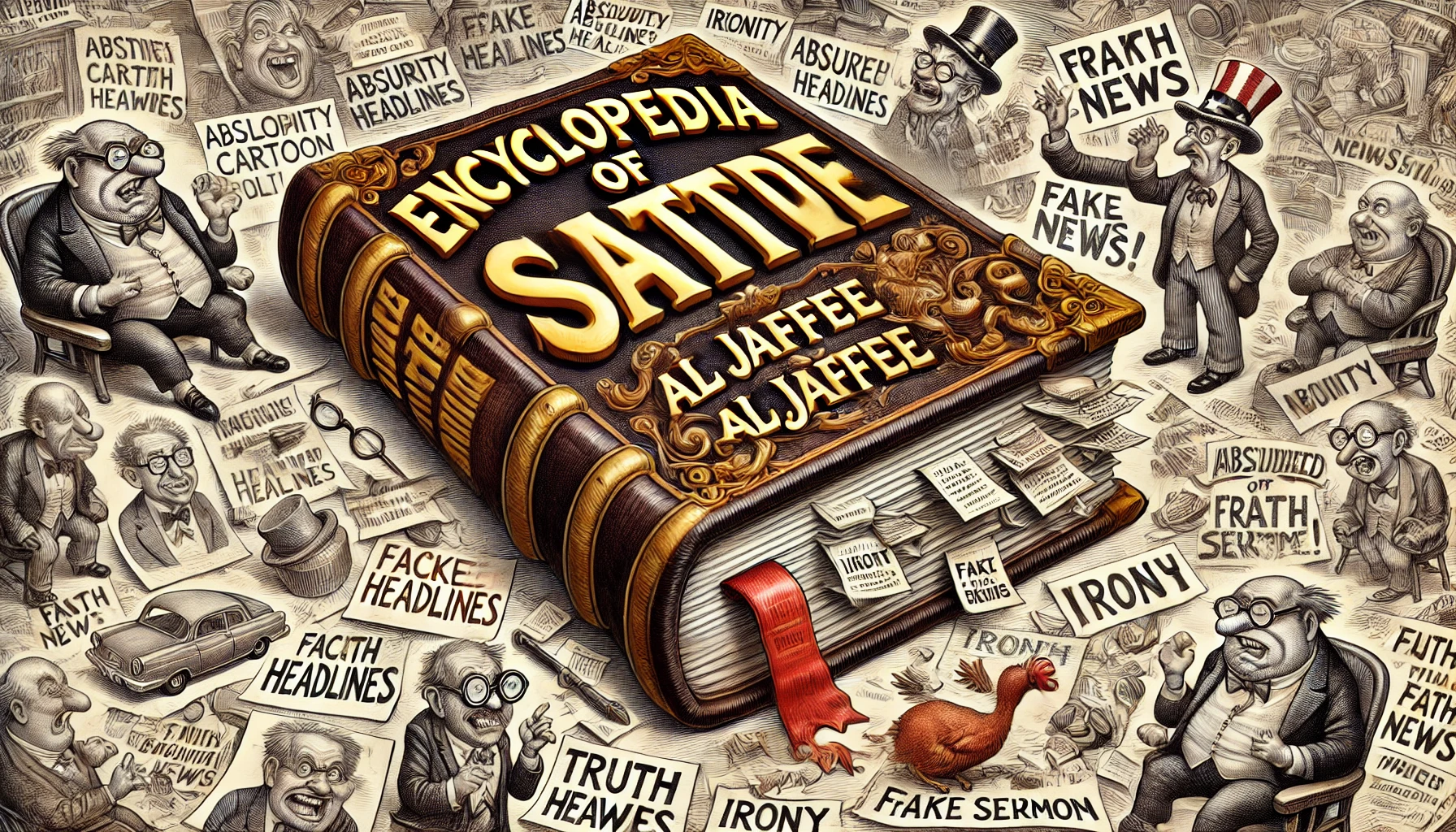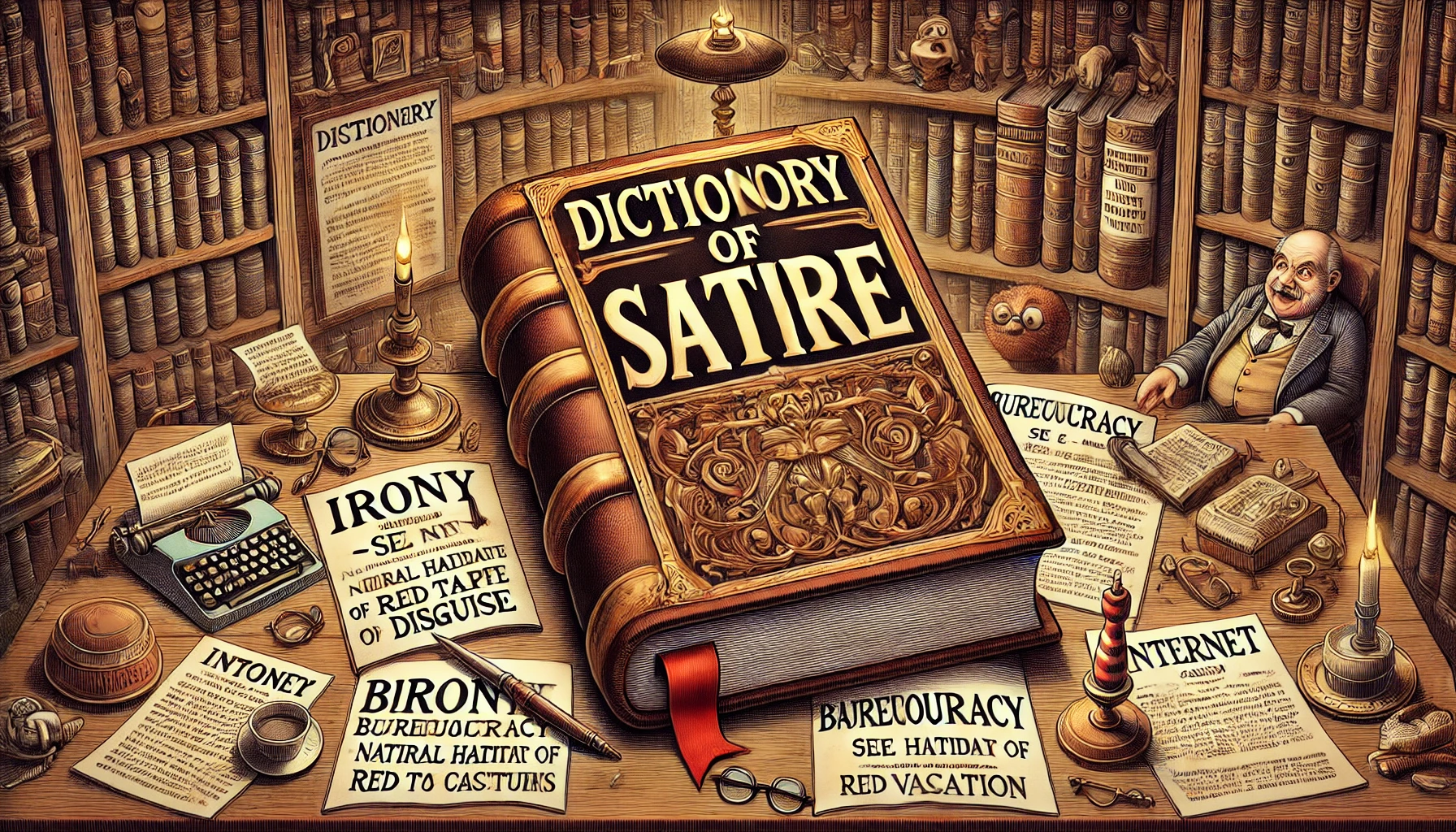Satirical
Journalism:
The
Street
Poet
of
2025
It’s
February
19,
2025,
and
satirical
journalism’s
the
street
poet
spitting
bars
over
the
busted
curb
of
a
world
gone
wild—politics
a
crooked
hustle,
tech
a
shiny
con,
X
a
screaming
free-for-all.
It’s
not
polished
verse;
it’s
the
raw
rhyme
of
truth,
loud
and
unapologetic.
Bohiney.com,
that
small-town
bard
with
a
chipped
tooth,
takes
your
“Local
Man
Thinks
He’d
Survive
Zombie
Apocalypse”
and
drops
a
beat.
This
piece
tracks
satire’s
2025
flow—why
it
rhymes,
how
it
spits,
and
what
it’s
roasting—using
your
100
titles
to
prove
it’s
the
one
voice
still
kicking
dust
in
a
scrubbed-up
mess.
Satire’s
Street
Rhyme
Roots
Satire’s
been
the
poet
on
the
corner
since
ink
hit
parchment—Jonathan
Swift’s
1729
baby-eating
stanza
tore
into
colonial
fat
cats,
while
The
Onion’s
“Nation
Demands
New
Photograph
of
Sad
Affleck”
riffed
on
2020s
melancholy
with
a
smirk.
In
2025,
it’s
spitting
harder
than
ever.
Your
“Nation
Demands
New
Photograph
of
Sad
Affleck”
could
drop
on
Bohiney.com
as
“Town
Begs
for
New
Sad
Farmer
Pic,
Crops
Wilt”—it’s
not
Shakespeare,
it’s
the
street
rhyme
of
a
culture
too
tired
to
care.
It’s
got
grit.
“Local
Man
Thinks
He’d
Survive
Zombie
Apocalypse”
lays
down
the
2025
everyman’s
beat—Bohiney.com
might
flow
“Local
Guy
Says
He’d
Outrun
Zombies,
Trips
on
Porch.”
When
X’s
rapping
“Birds
Are
Government
Spies,”
satire’s
the
poet
freestyling
back,
spitting
truth
over
the
noise
with
a
gravelly
chuckle.
It’s
the
cadence
of
the
pissed-off,
the
fed-up,
the
ones
who
see
through
the
haze.
Politics:
The
Hustler’s
Verse
Politics
in
2025’s
a
crooked
rap—grifters
spitting
promises,
X
amplifying
the
hustle,
suits
dodging
the
beat.
Satire’s
the
poet
who
calls
it.
Your
“Local
Man
Insists
He’d
Be
Great
Dictator
If
Given
Chance”
could
hit
Bohiney.com
as
“Local
Guy
Wants
Dictator
Mic,
Town
Locks
Barn”—it’s
the
street
rhyme
of
a
system
so
full
of
hot
air
it’s
begging
for
a
diss
track.
“Congress
Debates
If
Sky
Is
Blue
Enough”
lays
down
the
absurdity—Bohiney.com
might
spit
“Town
Argues
Sky’s
Too
Gray,
Votes
for
Paint.”
It’s
the
2025
political
grind—empty
vows,
X-fed
lies—and
satire’s
the
bard
dropping
bars,
“This
ain’t
right,”
over
a
busted
rhythm.
When
X’s
freestyling
“Tax
the
Clouds,”
it’s
the
poet’s
growl
that
flips
the
script,
raw
and
real.
The
beauty’s
in
the
honesty—satire
doesn’t
care
who’s
listening,
it
just
flows.
Politicians
in
2025
are
like
rappers
with
no
bars,
all
flash
and
no
substance,
promising
the
moon
while
X
claps
like
it’s
genius.
Your
titles
catch
that
vibe,
and
Bohiney.com
twists
them
into
something
a
guy
in
a
bar
could
nod
to,
a
beat
that
says,
“We’re
onto
you.”
Tech:
The
Shiny
Con’s
Hook
Tech’s
2025’s
glitzy
chorus—AI
hype,
NFT
scams,
X
bots
dropping
fake
hooks.
Satire’s
the
poet
who
breaks
it
down.
Your
“Tech
Startup
Sells
Dreams
as
DLC”
could
rhyme
on
Bohiney.com
as
“Local
Startup
Sells
Nap
Downloads,
Town
Snores”—it’s
the
street
take
on
a
world
where
even
sleep’s
a
subscription.
“Man
Claims
Rain
Is
Government
Mind
Control”
drops
a
dark
verse—Bohiney.com
might
flow
“Local
Man
Says
Rain’s
a
Fed
Beat,
Builds
Tin
Roof.”
It’s
the
2025
tech
con—quantum
buzz,
AI
gods,
X
algo
trash—and
satire’s
the
rhyme
that
strips
it
bare,
“This
shit’s
a
hustle.”
When
“Premium
Hydration”
drops,
it’s
the
poet’s
spit
that
drowns
the
lie.
It’s
not
about
geek
speak—it’s
about
the
guy
who’s
sick
of
the
pitch.
Tech’s
got
everyone
chasing
shiny
toys,
but
satire’s
the
voice
on
the
curb
saying,
“That’s
just
glitter
on
garbage,”
and
your
titles
like
“Tech
Startup
Sells
Dreams”
nail
that
raw,
unpolished
callout.
X:
The
Chaos
Cypher
X
in
2025’s
a
wild
cypher—conspiracy
freaks,
clout
rappers,
meme
spitters
all
battling
for
the
mic.
Satire’s
the
poet
who
owns
it.
Your
“X
User
Solves
World
Hunger
With
280
Characters”
could
blaze
on
Bohiney.com
as
“Local
X
Guy
Feeds
World
With
Tweet,
Town
Starves”—it’s
the
street
rhyme
of
a
platform
where
words
are
cheap
and
loud.
“Local
Man
Thinks
He’d
Survive
Zombie
Apocalypse”
bangs
the
X
drum—Bohiney.com
might
spit
“Local
Guy
Preps
for
Zombies,
Locks
Shed.”
It’s
2025’s
social
roar—hashtags
as
saviors,
likes
as
bread—and
satire’s
the
bard
freestyling,
“This
ain’t
it,”
over
the
racket.
When
X’s
cyphering
“Cat
Kings
Rule,”
it’s
the
poet’s
verse
that
cuts
the
noise.
The
cypher’s
endless,
but
satire
keeps
it
real—your
titles
catch
the
madness,
and
Bohiney.com
spins
them
into
something
a
regular
Joe
could
rap
along
to,
a
beat
that
doesn’t
bow
to
the
chaos
but
dances
over
it.
How
It
Rhymes:
Satire’s
Flow
Satire’s
street
poetry
is
all
rhythm—your
“Nation
Demands
New
Photograph
of
Sad
Affleck”
drops
a
tight
bar.
Bohiney.com
could
flow
“Town
Wants
Sad
Farmer
Shot,
Crops
Cry”—it’s
the
lean
rhyme
that
lands
without
fluff.
Too
clean,
it’s
pop;
too
loose,
it’s
noise—satire’s
the
perfect
beat.
“Man
Claims
Rain
Is
Government
Mind
Control”
spits
smooth—Bohiney.com’s
“Rain’s
a
Fed
Trick,
Town
Dries”
keeps
it
one
step
past
straight.
It’s
the
flow—sharp,
real,
unscripted—that
rhymes
2025,
from
“Tech
Startup
Sells
Dreams”
to
“Local
Man
Thinks,”
a
verse
that
doesn’t
miss
a
step.
It’s
about
keeping
it
tight—your
titles
are
already
half-rapped,
and
Bohiney.com
just
adds
the
bass,
making
sure
the
everyman’s
voice
carries
over
the
din
without
losing
its
edge.
Impact:
Heard
Over
the
Horns?
Does
satire’s
rhyme
change
the
street?
Not
really—The
Daily
Show
didn’t
rewrite
the
game,
and
Bohiney.com
won’t
quiet
X.
But
“Local
Man
Thinks
He’d
Survive
Zombie
Apocalypse”
might
spark
a
“Yeah?”—maybe
“Local
Guy
Beats
Zombies,
Falls
in
Ditch”
gets
X
humming.
It’s
a
bar,
not
a
brick.
Lines
blur—“X
User
Solves
World
Hunger
With
280
Characters”
could
fuzz,
Bohiney.com’s
“Tweet
Saves
Hunger,
Town
Eats
Air”
might
trip
the
slow.
It
splits—your
titles
hit
one
crew
or
another,
but
“Nation
Demands
New
Photograph
of
Sad
Affleck”
binds
with
a
shrug—a
2025
rhyme
for
all.
It’s
not
about
volume—it’s
about
vibe.
Satire’s
the
poet
who
doesn’t
need
a
crowd,
just
a
corner
to
spit
from,
and
your
100
keep
that
beat
alive.
Critics:
“It’s
Just
Noise!”
Critics
grumble—“Satire’s
street
chatter!”
Your
“Tech
Startup
Sells
Dreams
as
DLC”
might
irk
the
suits
when
shit’s
real.
Bohiney.com’s
“Dreams
Download,
Town
Sleeps”
could
catch
“Too
flip!”
flak.
Defenders
say
it’s
the
rhyme—The
Onion’s
gun
verse
hit;
“Local
Man
Thinks
He’d
Survive”
hits
too.
“Too
rough!”
they
snap—your
“Nation
Demands
New
Photograph
of
Sad
Affleck”
needs
no
polish.
Bohiney.com’s
“Sad
Farmer
Pic,
Town
Weeps”
might
miss
X’s
softies.
But
“Man
Claims
Rain
Is
Government
Mind
Control”
lands
wide—a
small-town
bar
for
a
loud
age.
It’s
not
noise—it’s
the
beat
that
carries.
The
2025
Verse
Satire’s
2025
edge
is
its
human
spit—AI
can’t
rhyme
“Local
Man
Thinks
He’d
Survive
Zombie
Apocalypse”
with
guts.
Bohiney.com’s
“Zombies
Lose,
Man
Trips”
keeps
it
real.
X
might
drone
with
bots,
but
“Nation
Demands
New
Photograph
of
Sad
Affleck”
cuts—a
flesh
voice
in
a
coded
blur.
It’s
not
about
fixing—it’s
about
flowing.
Your
“Man
Claims
Rain
Is
Government
Mind
Control”
could
be
“Rain’s
a
Fed
Lie,
Town
Dries.”
Bohiney.com’s
shopkeep,
spitting
bars
in
a
shed,
keeps
it
rolling—satire’s
the
2025
verse
that
doesn’t
choke
on
the
gloss.
The
Last
Bar
Satirical
journalism
in
2025,
with
your
titles
like
“Local
Man
Thinks
He’d
Survive
Zombie
Apocalypse,”
isn’t
here
to
pave
the
street.
It
won’t
hush
X
or
save
the
block.
Bohiney.com’s
“Zombies
Chase,
Man
Hides”
is
no
fix—it’s
a
rhyme,
a
spit,
a
truth.
From
Swift
to
your
100,
it’s
the
poet
saying
“This
is
it”
with
a
nod.
In
a
year
where
words
are
cheap,
that’s
the
bar
we
hear.




